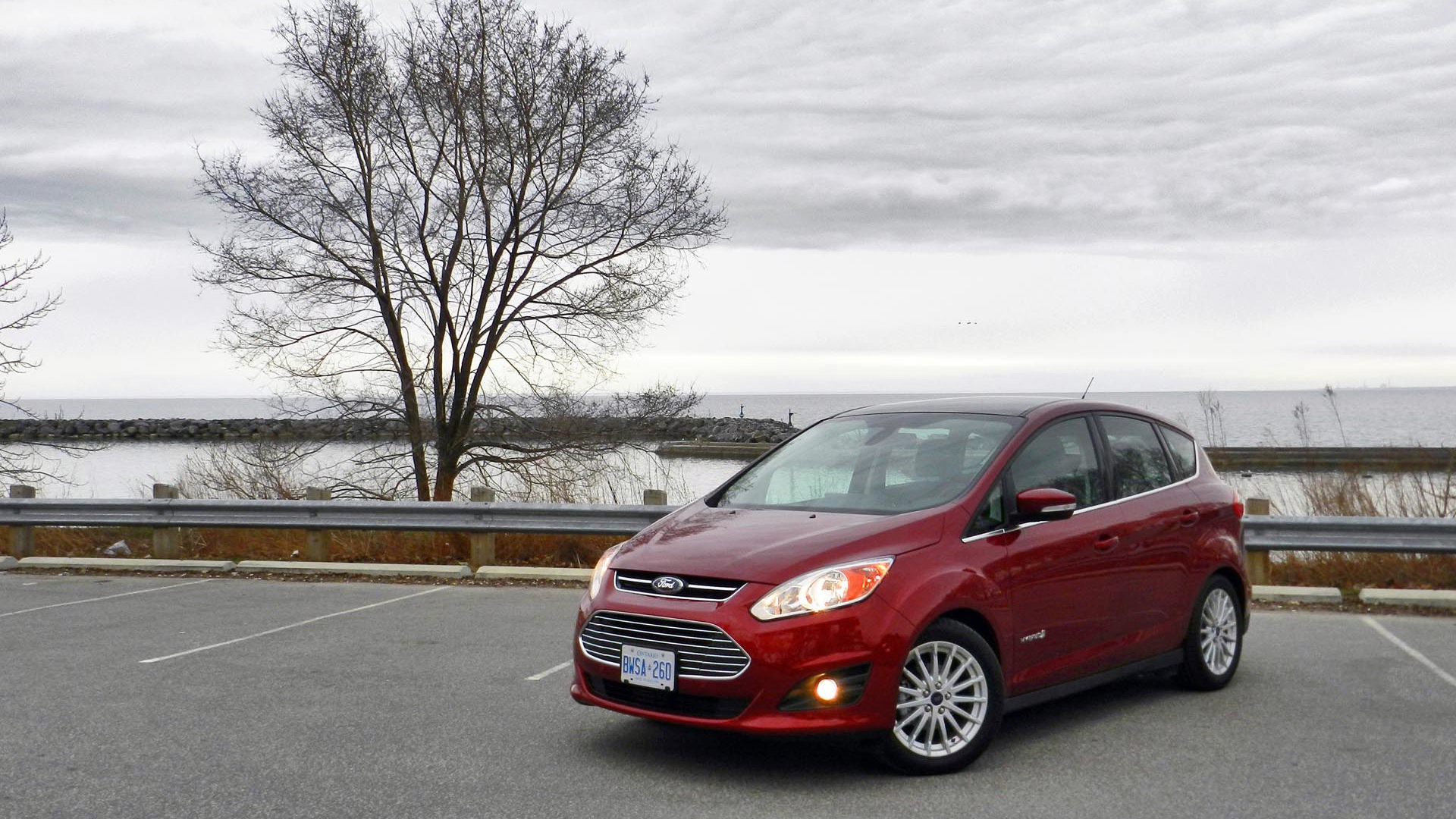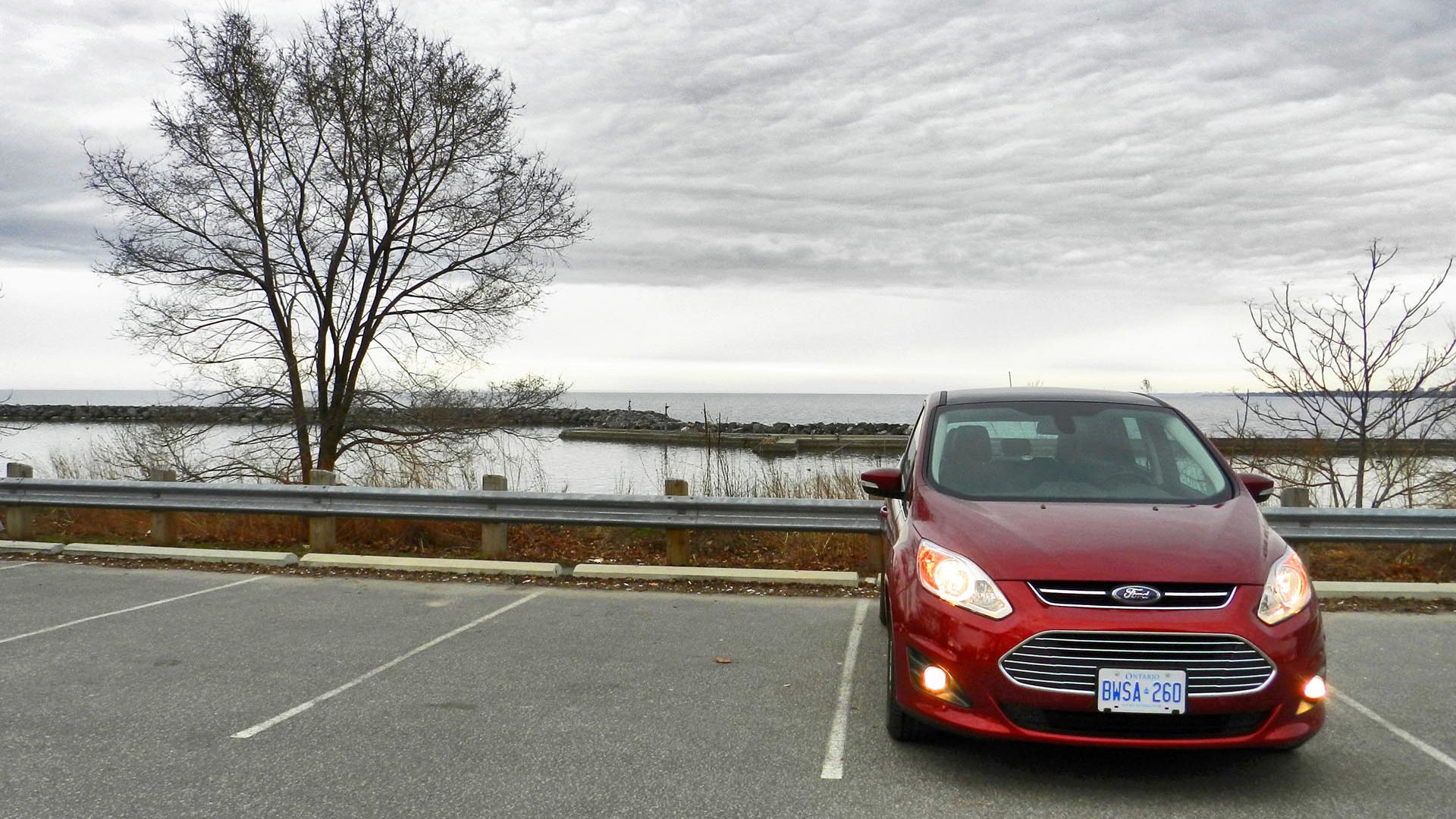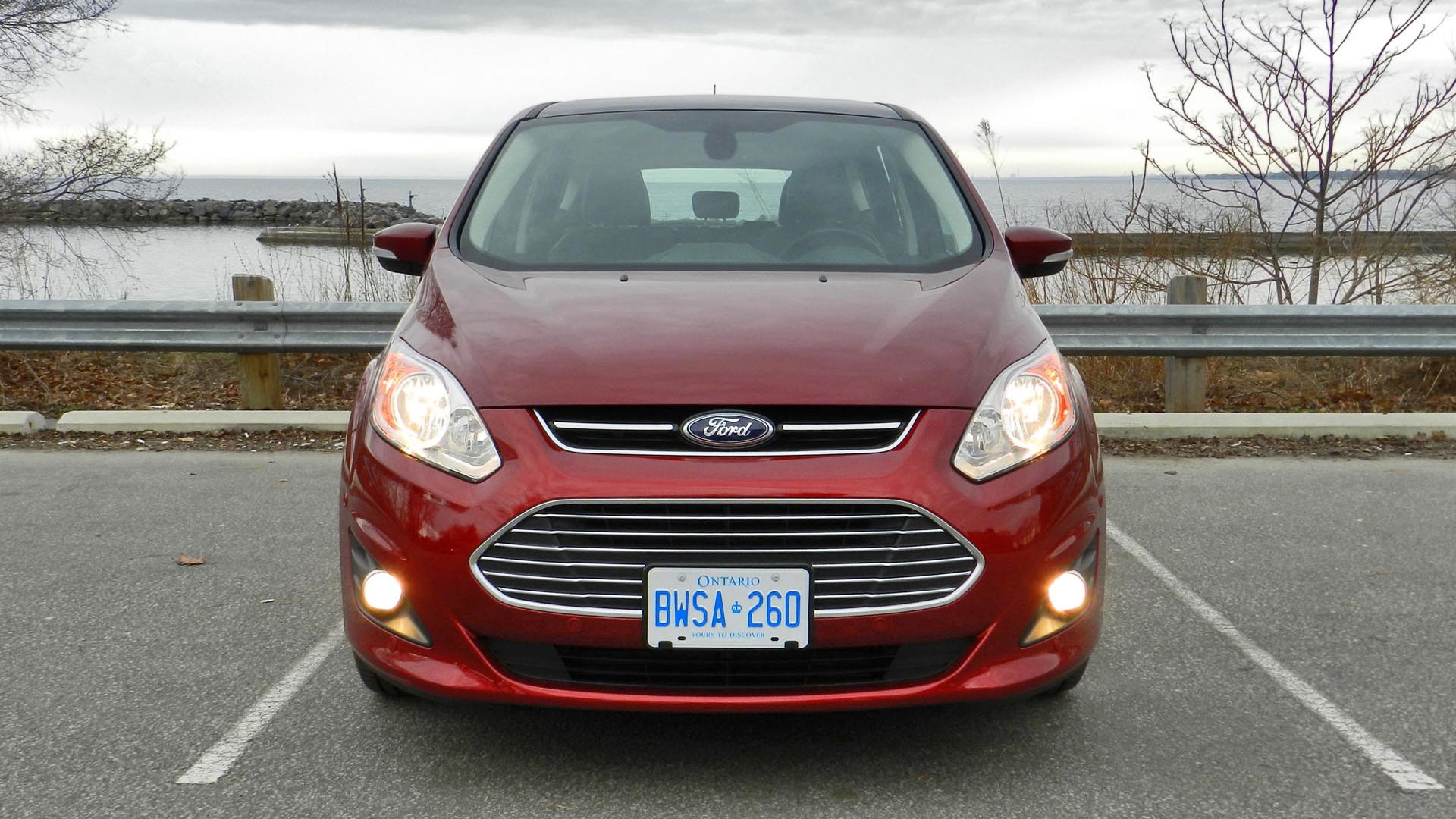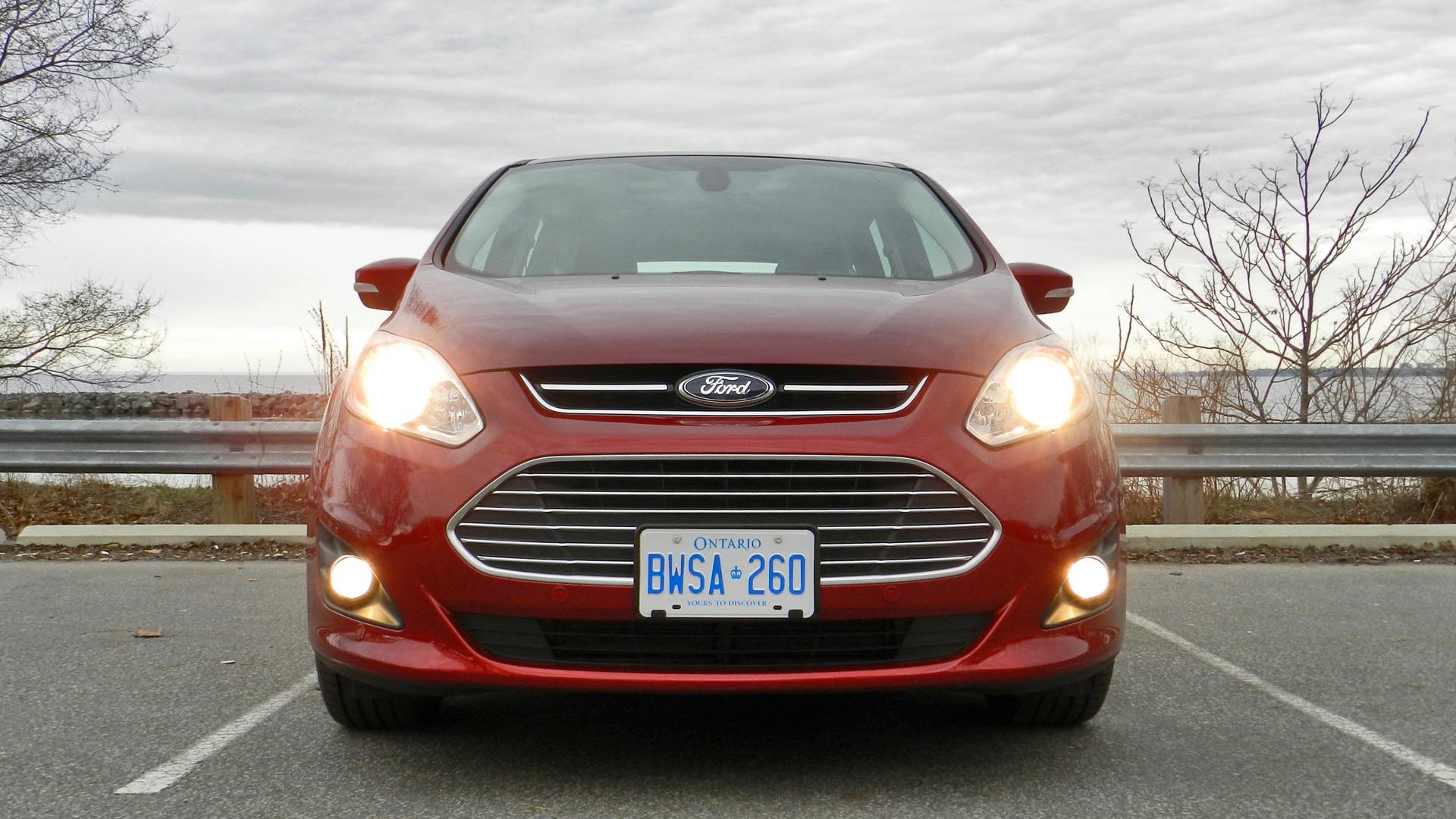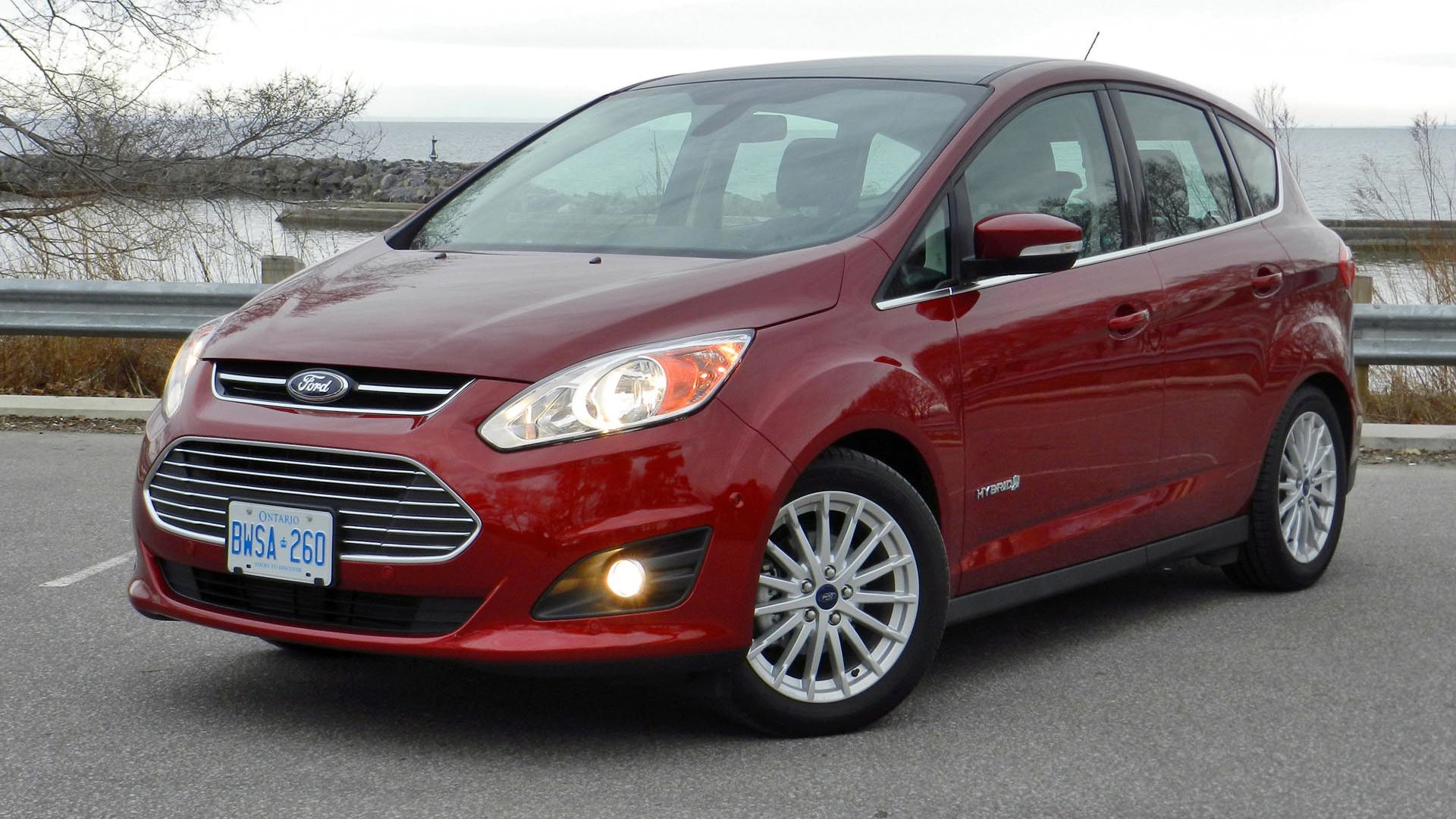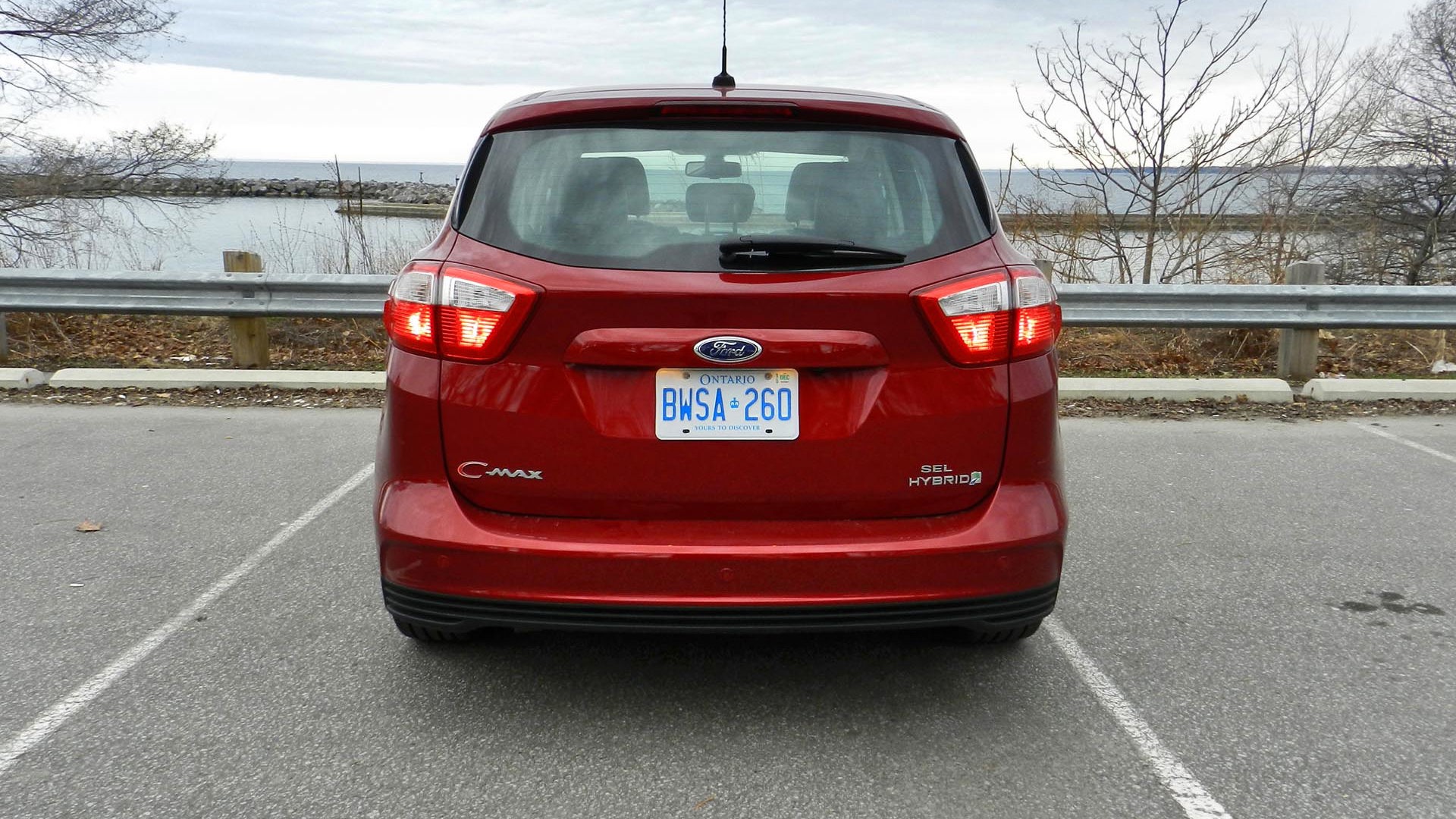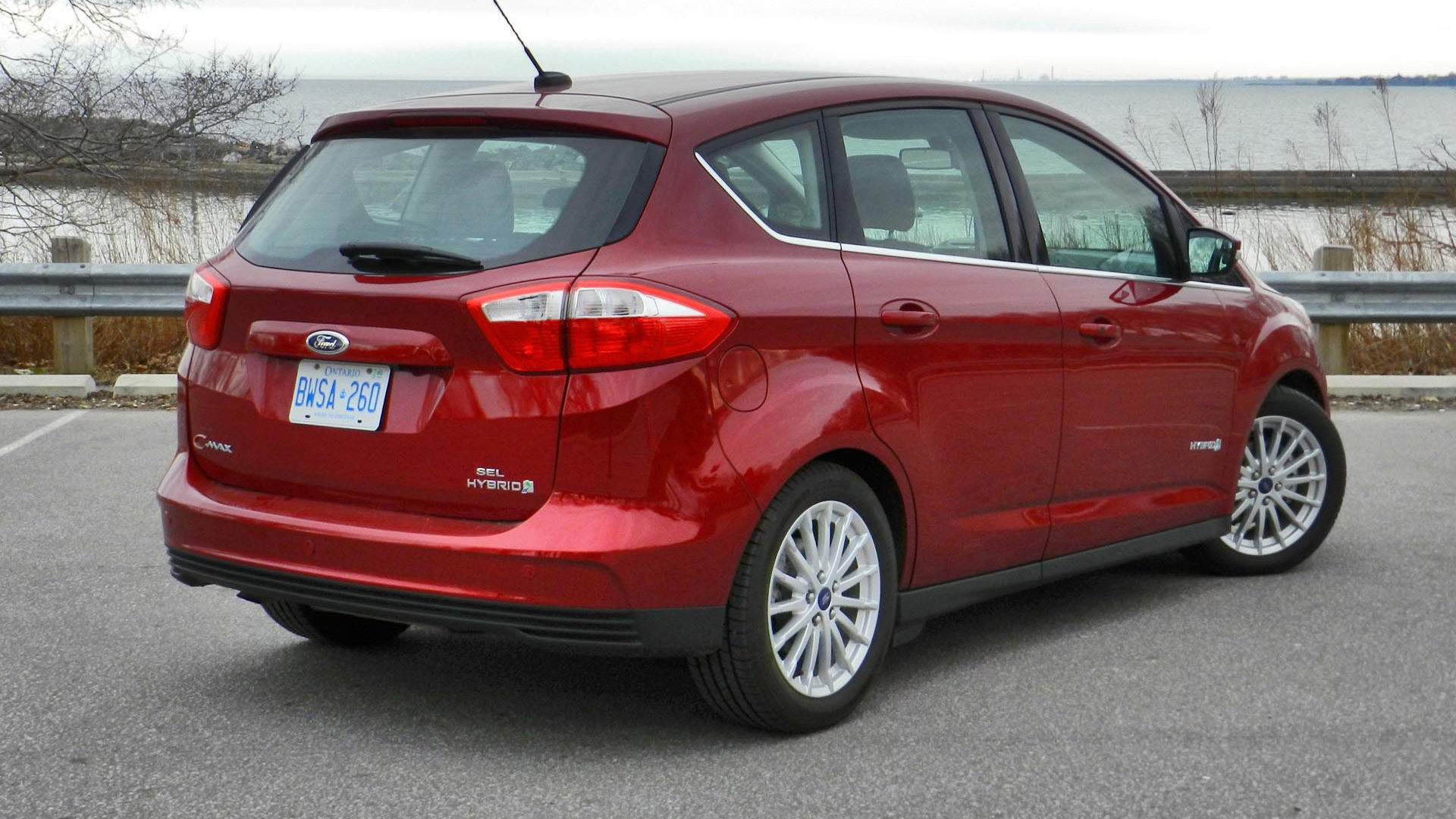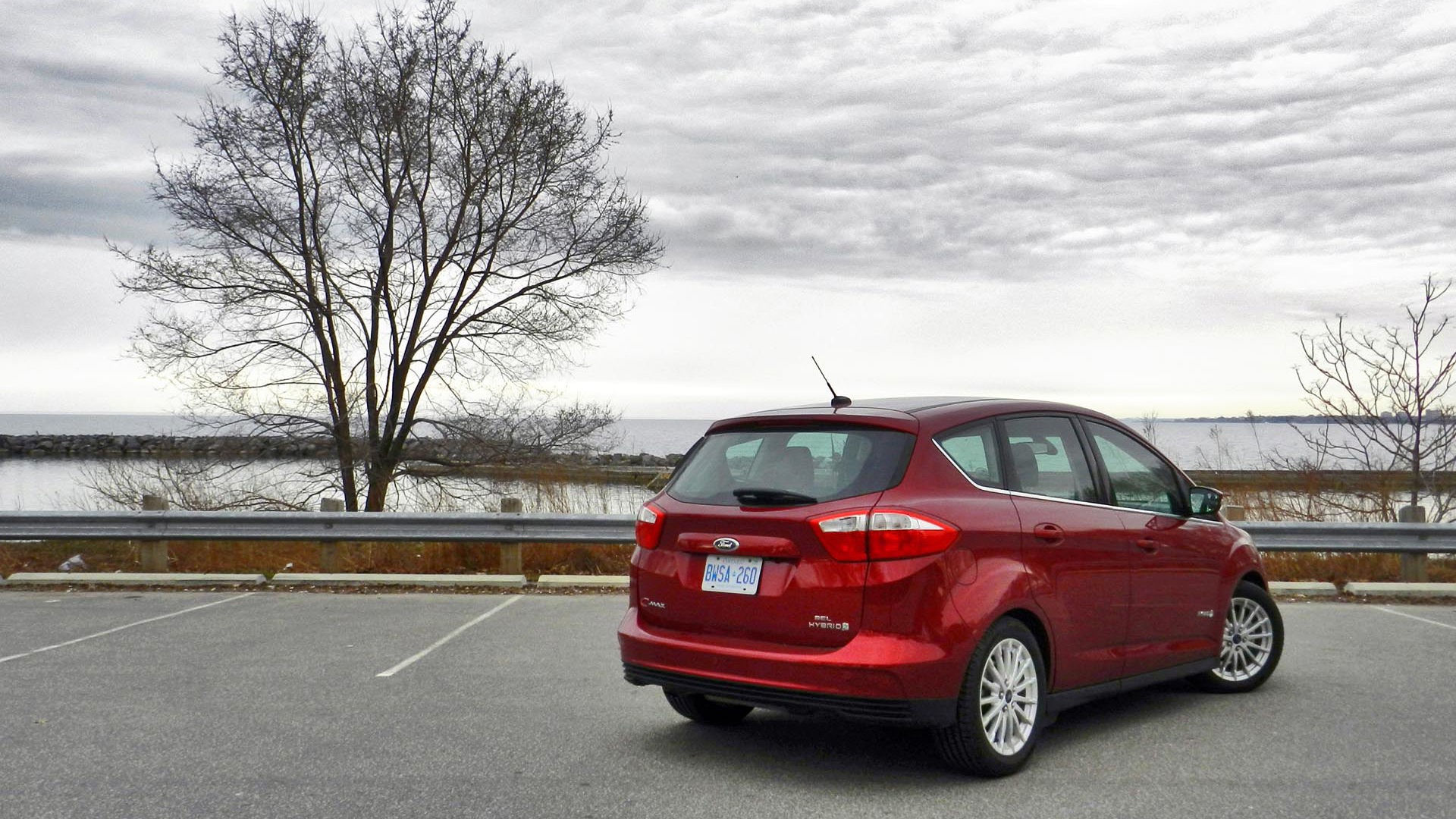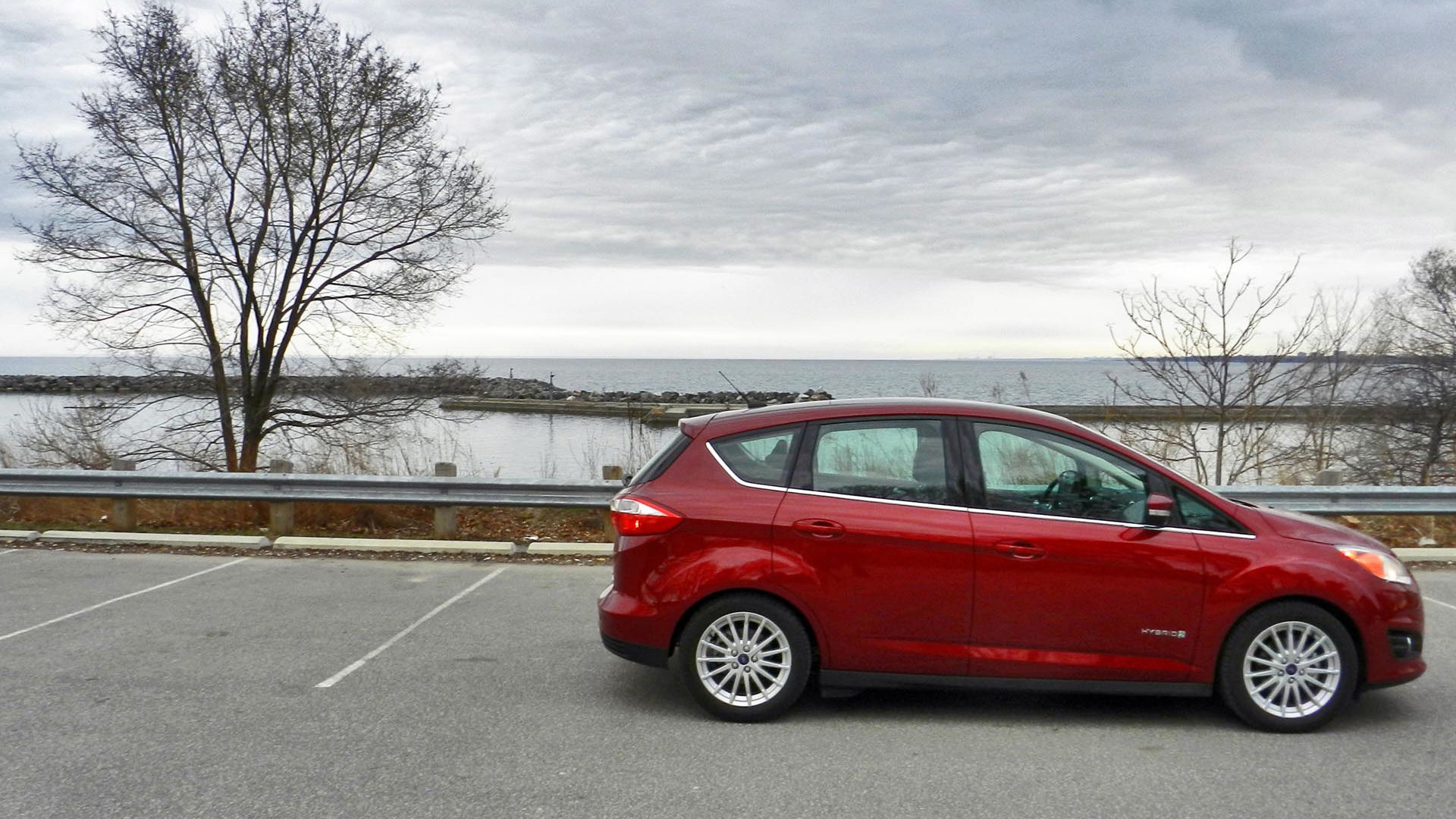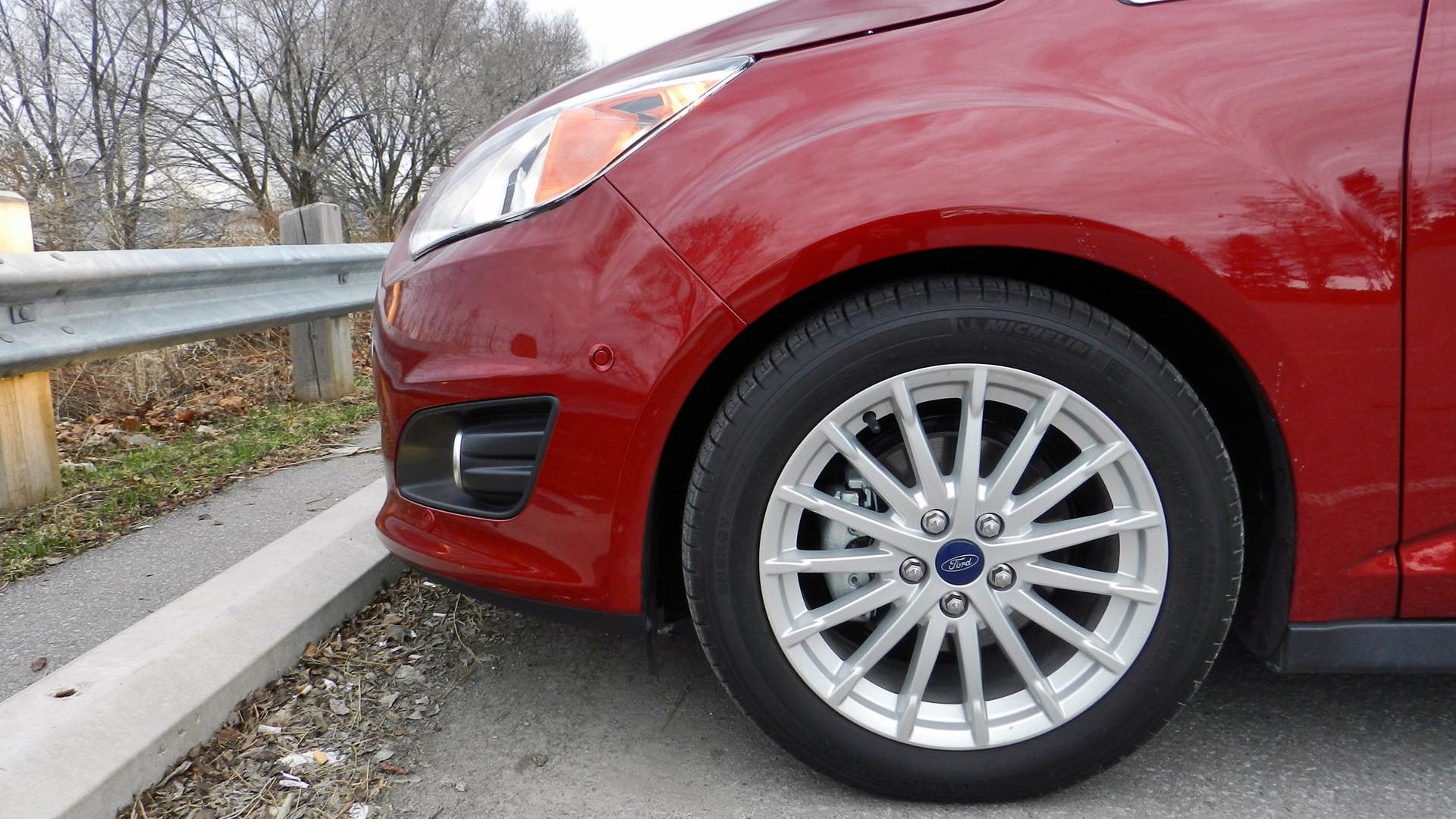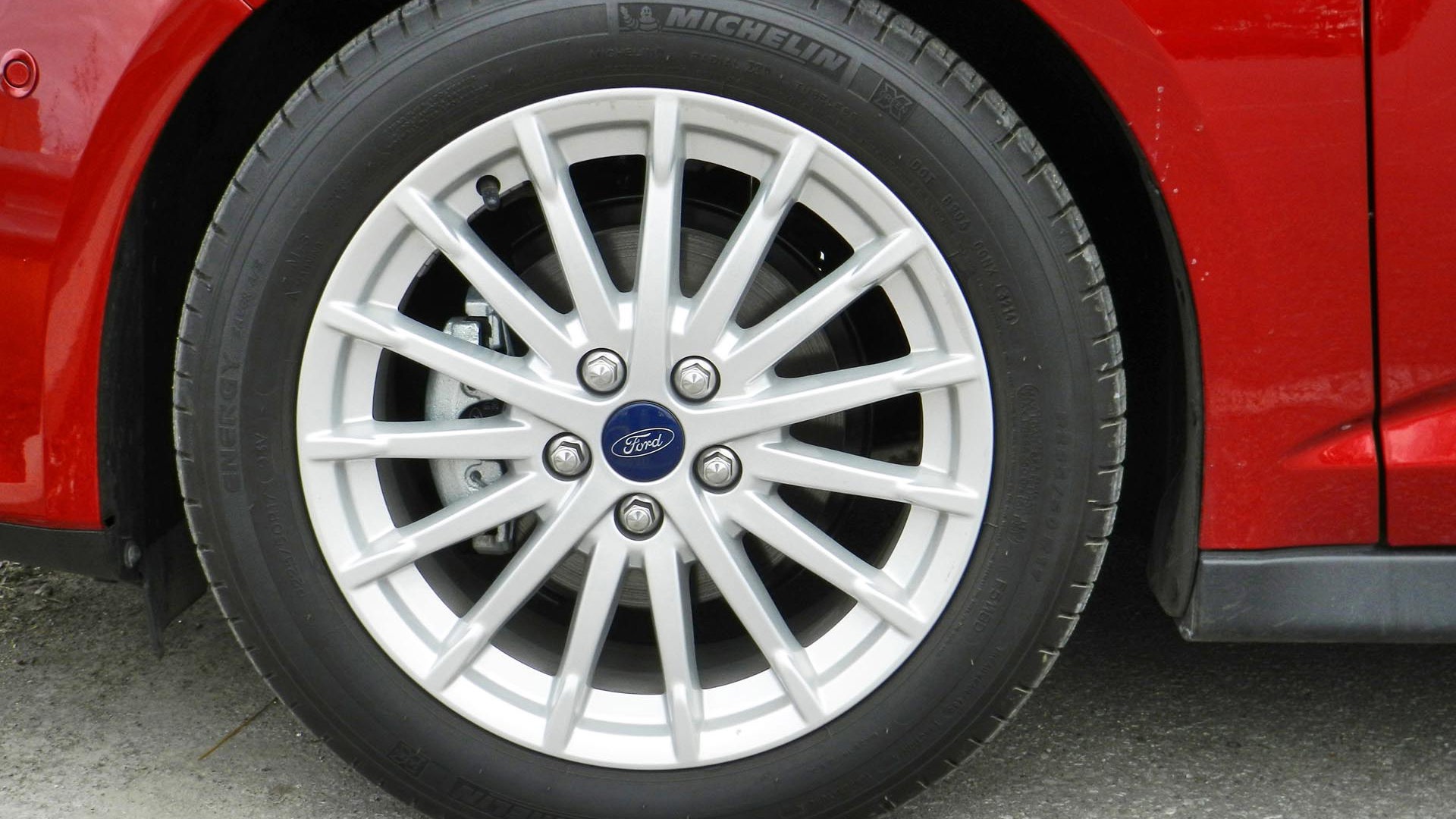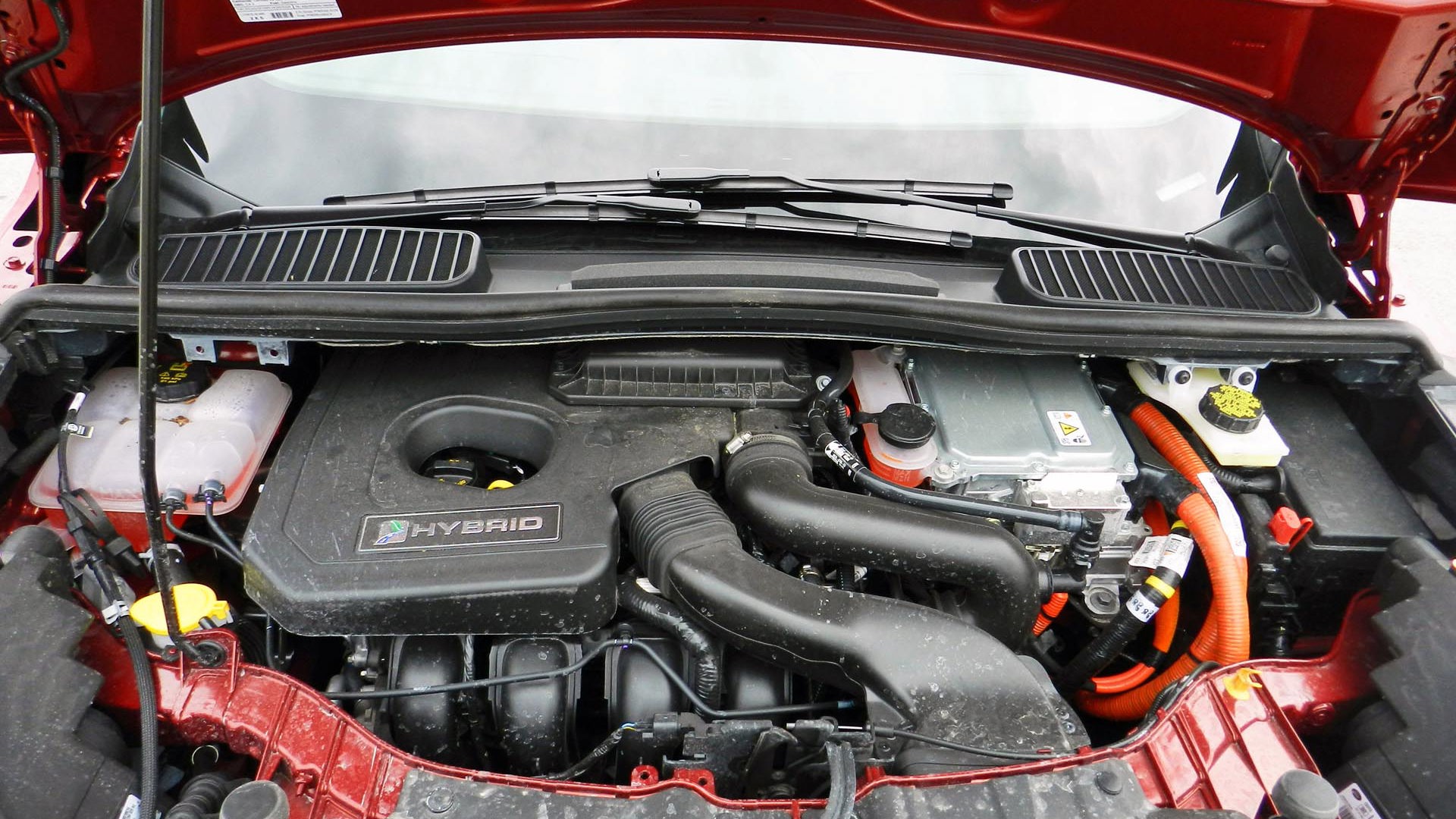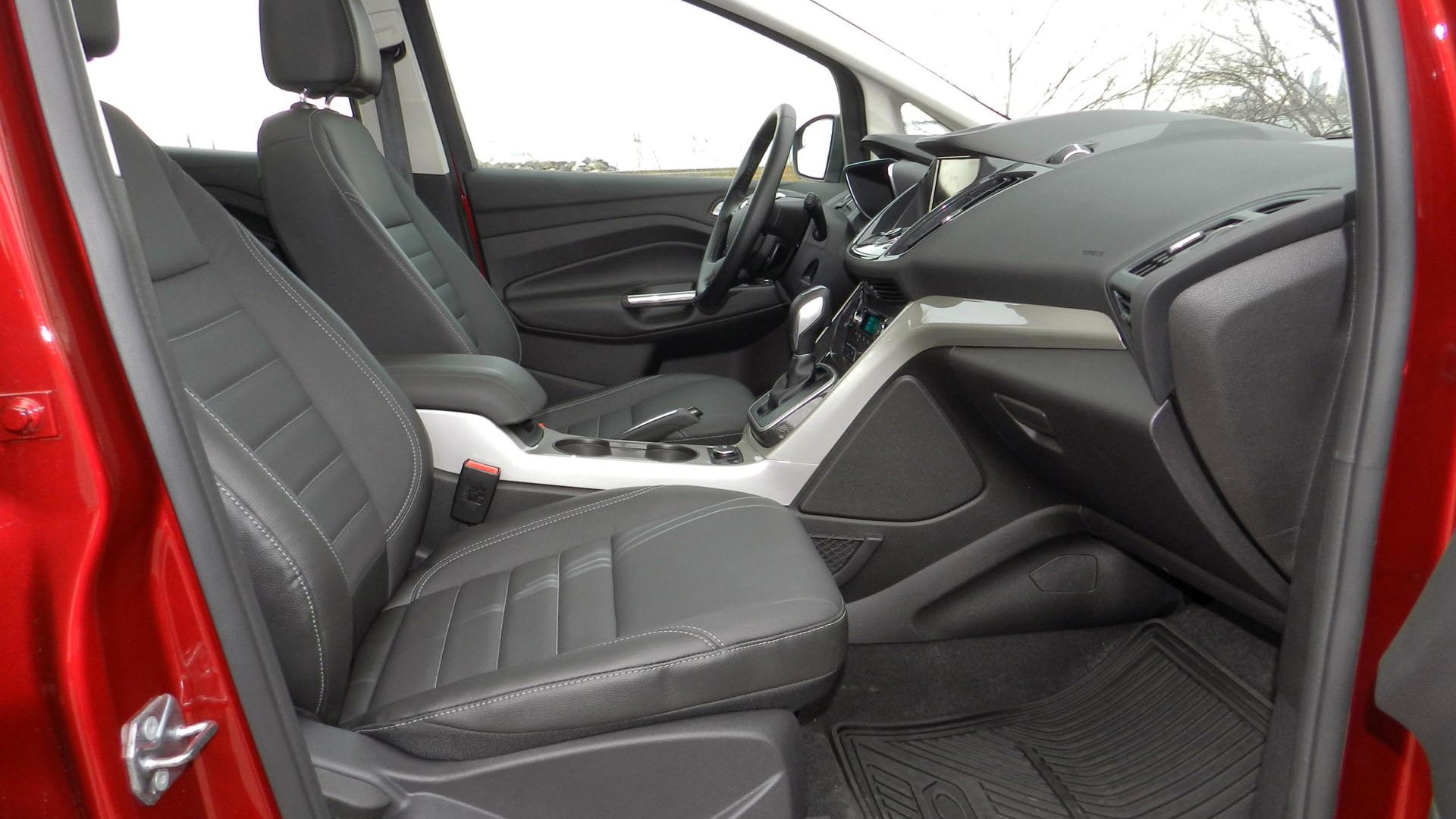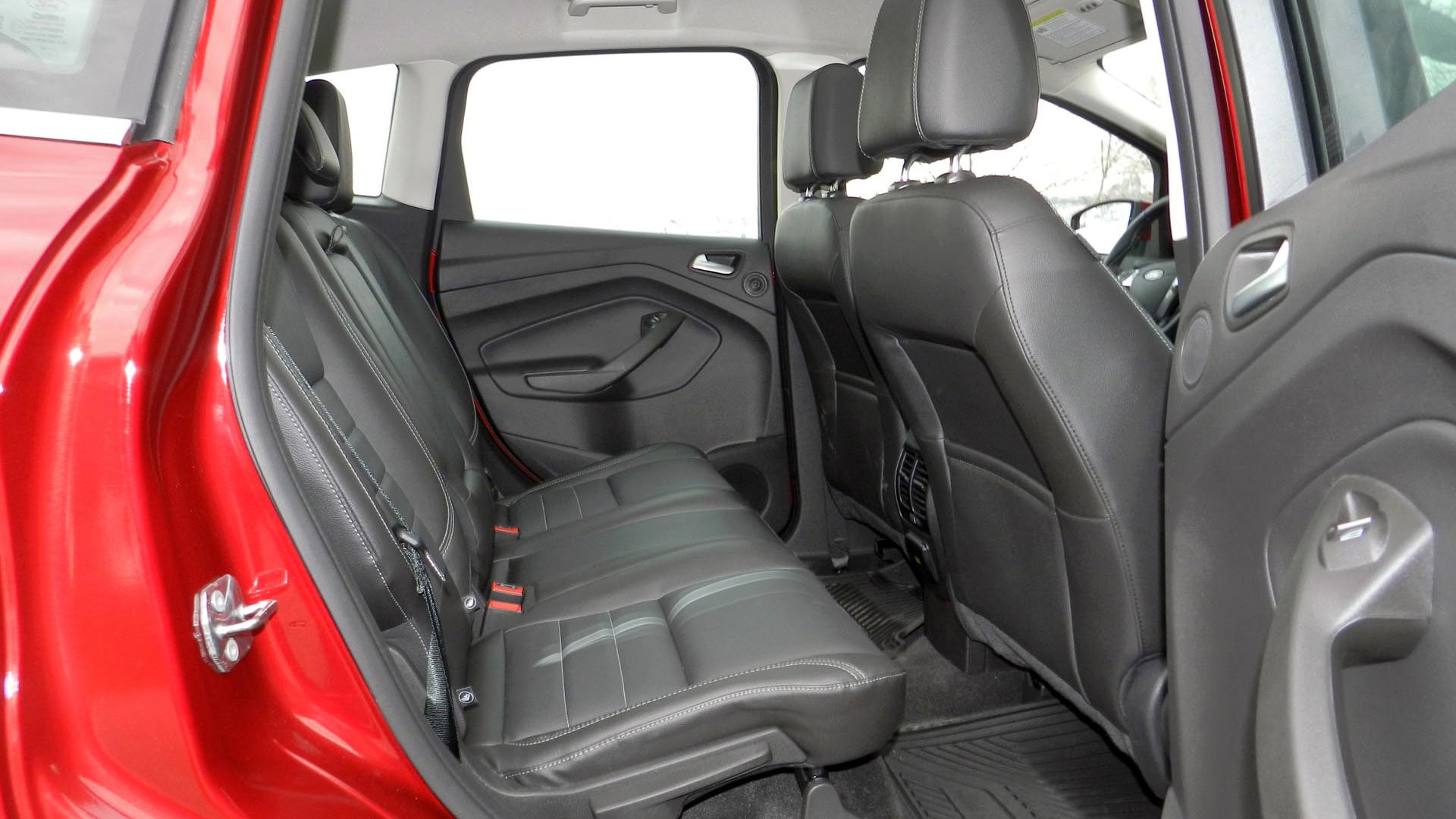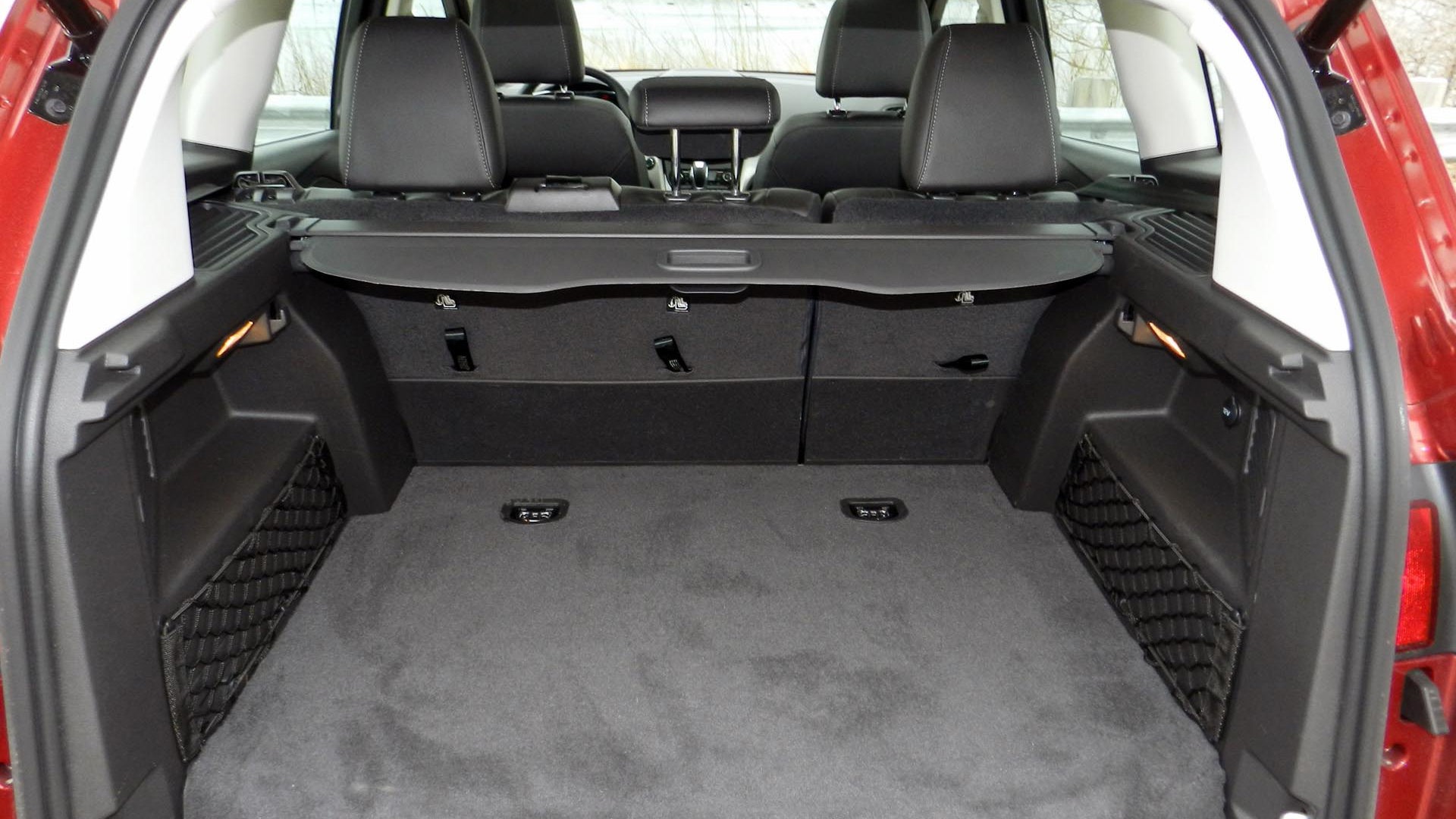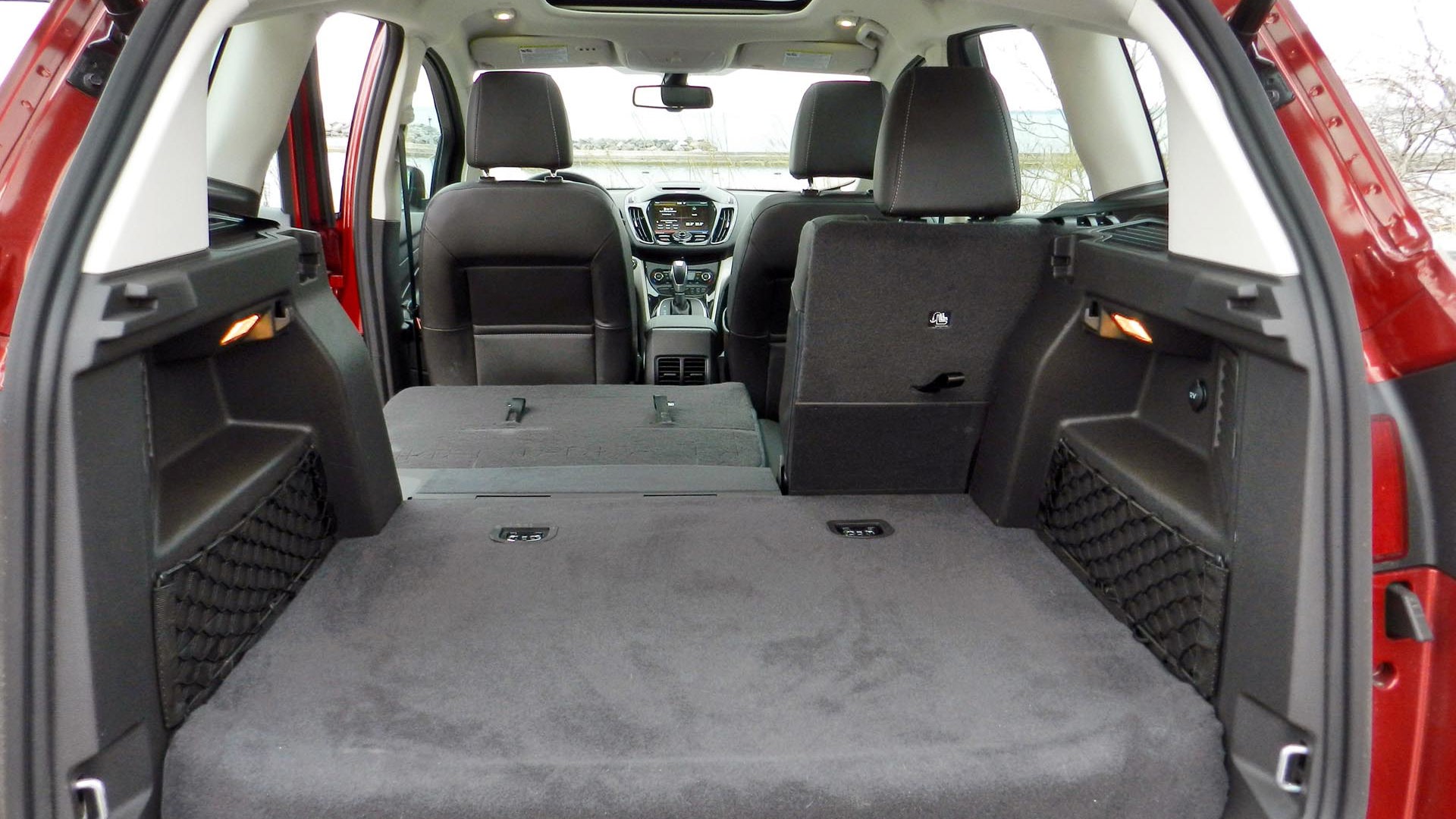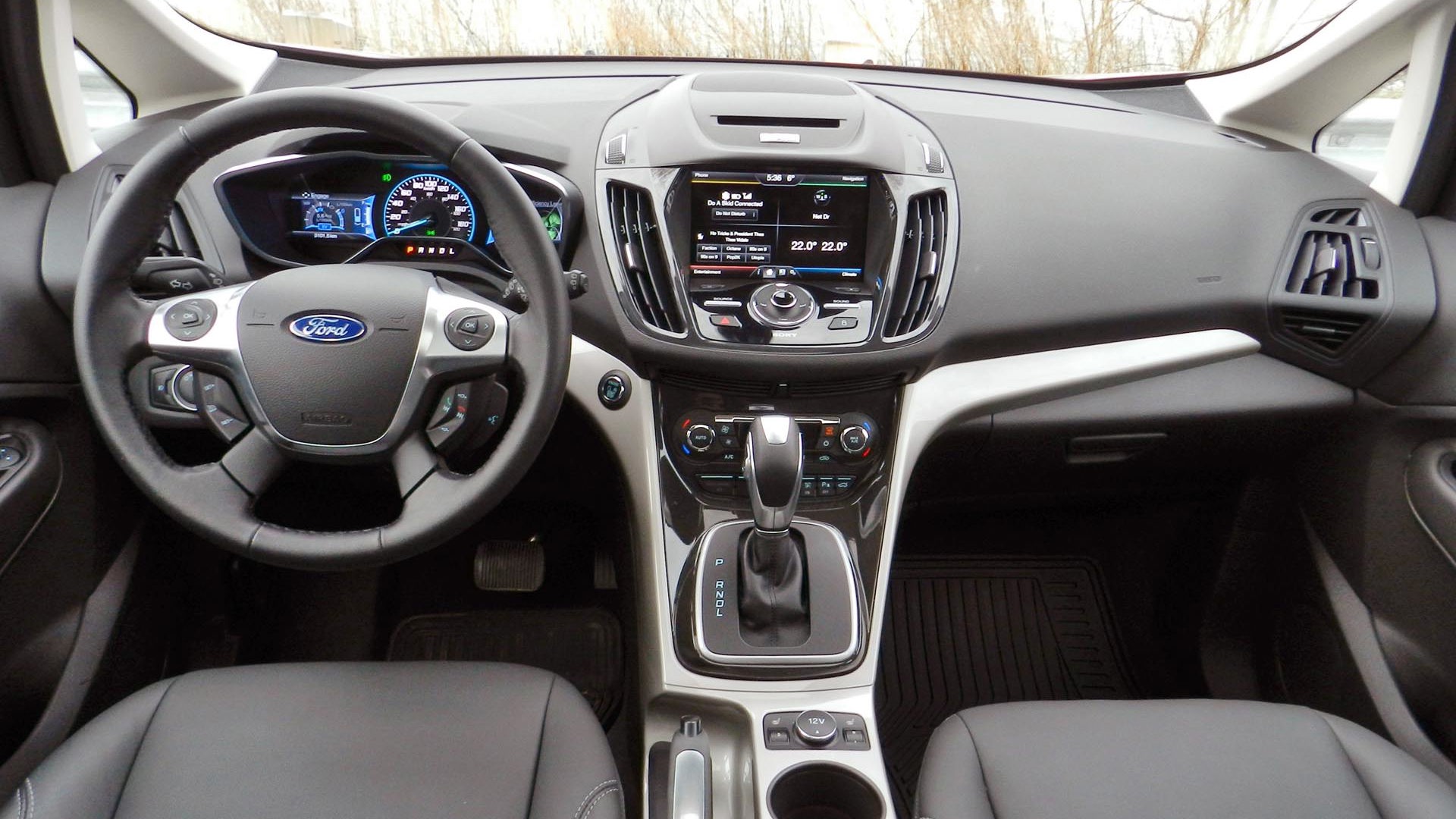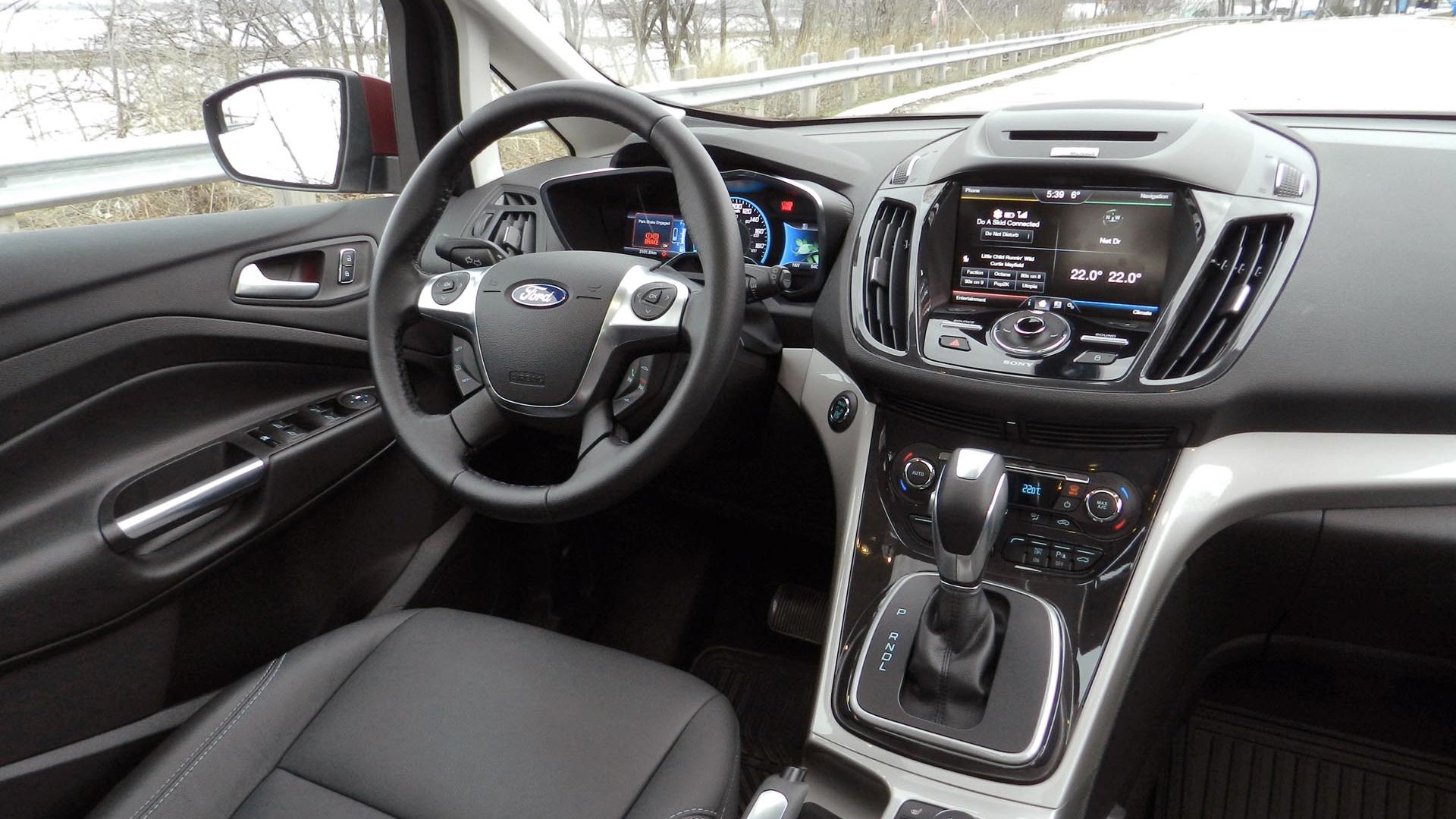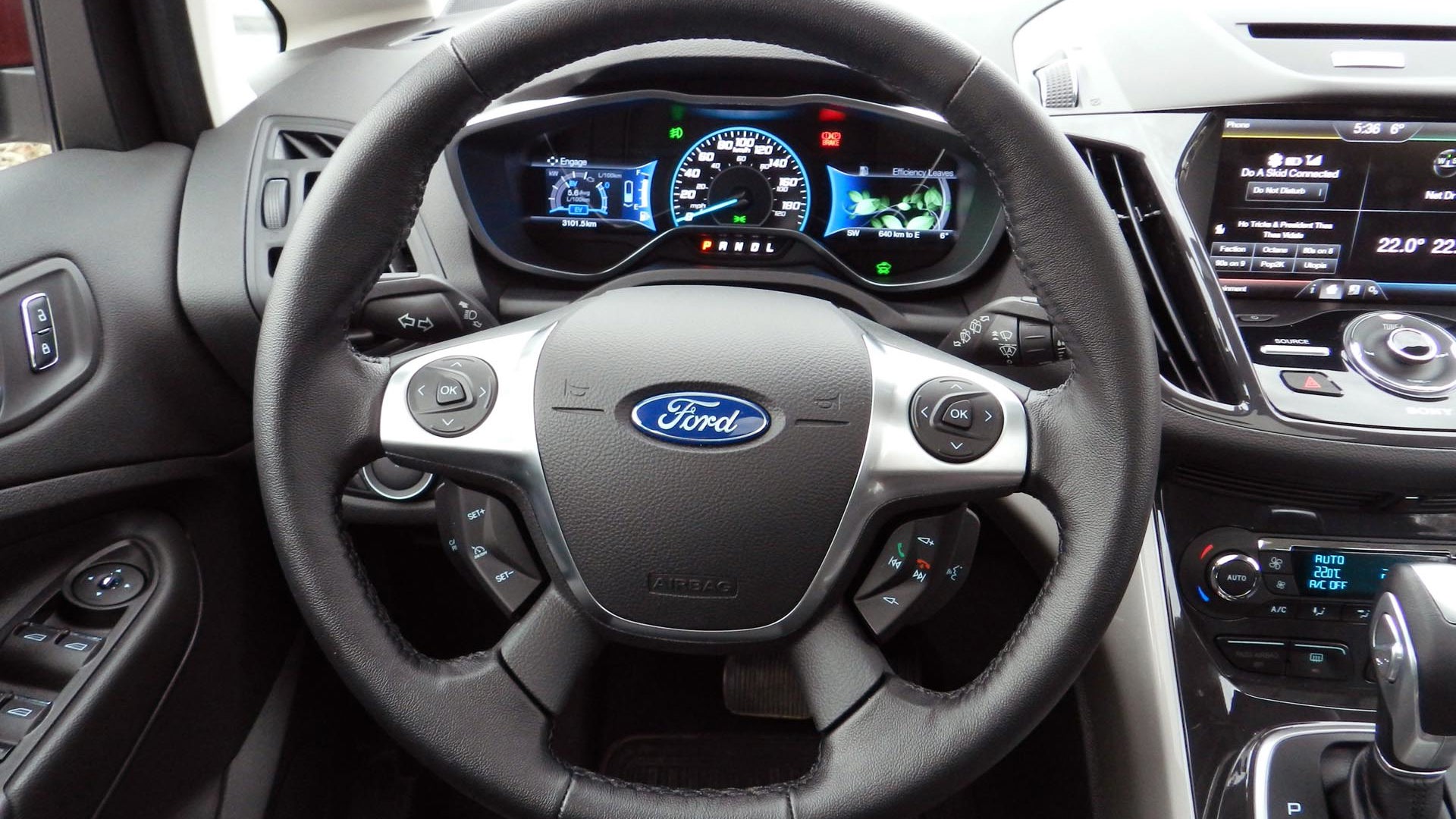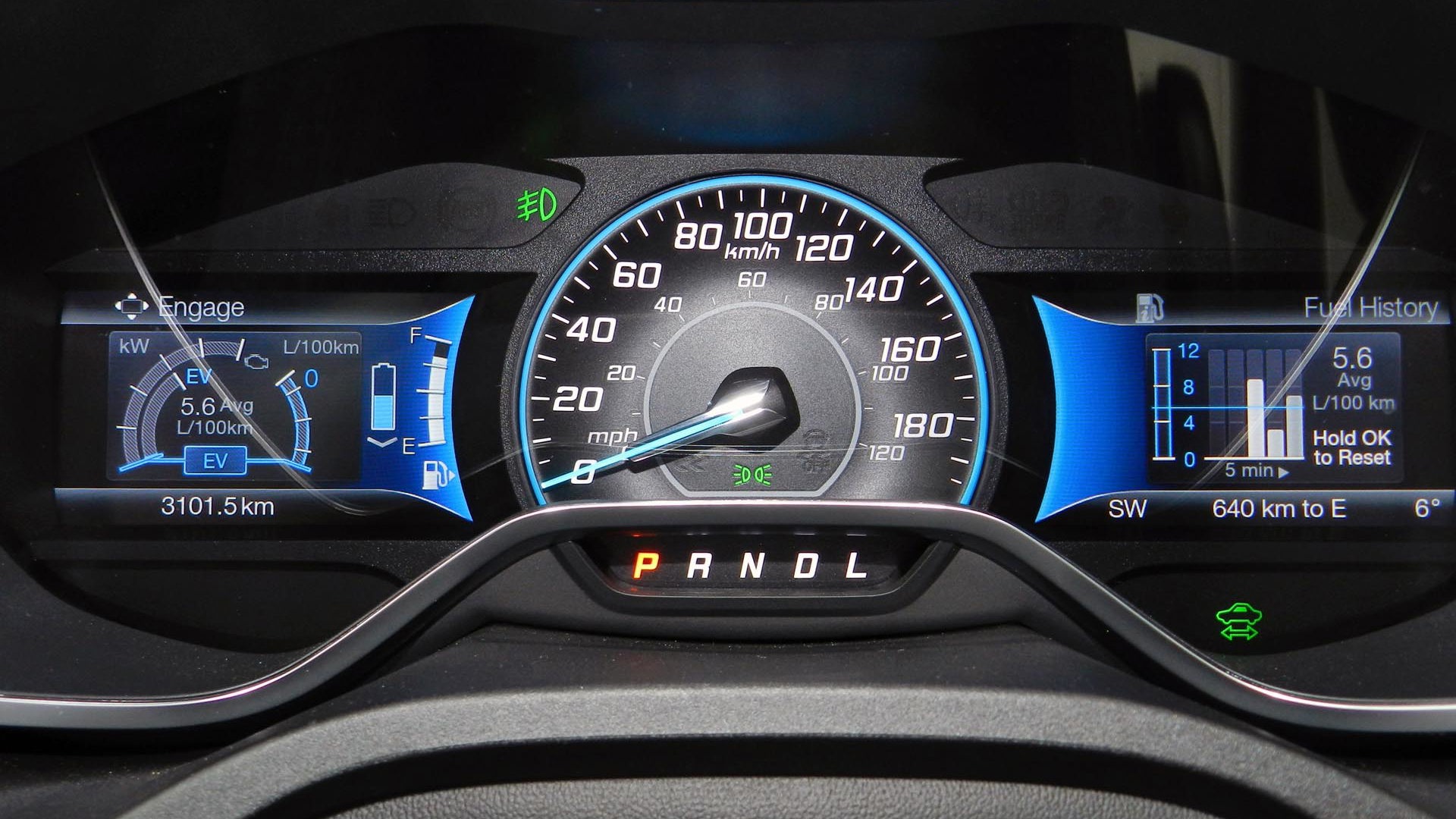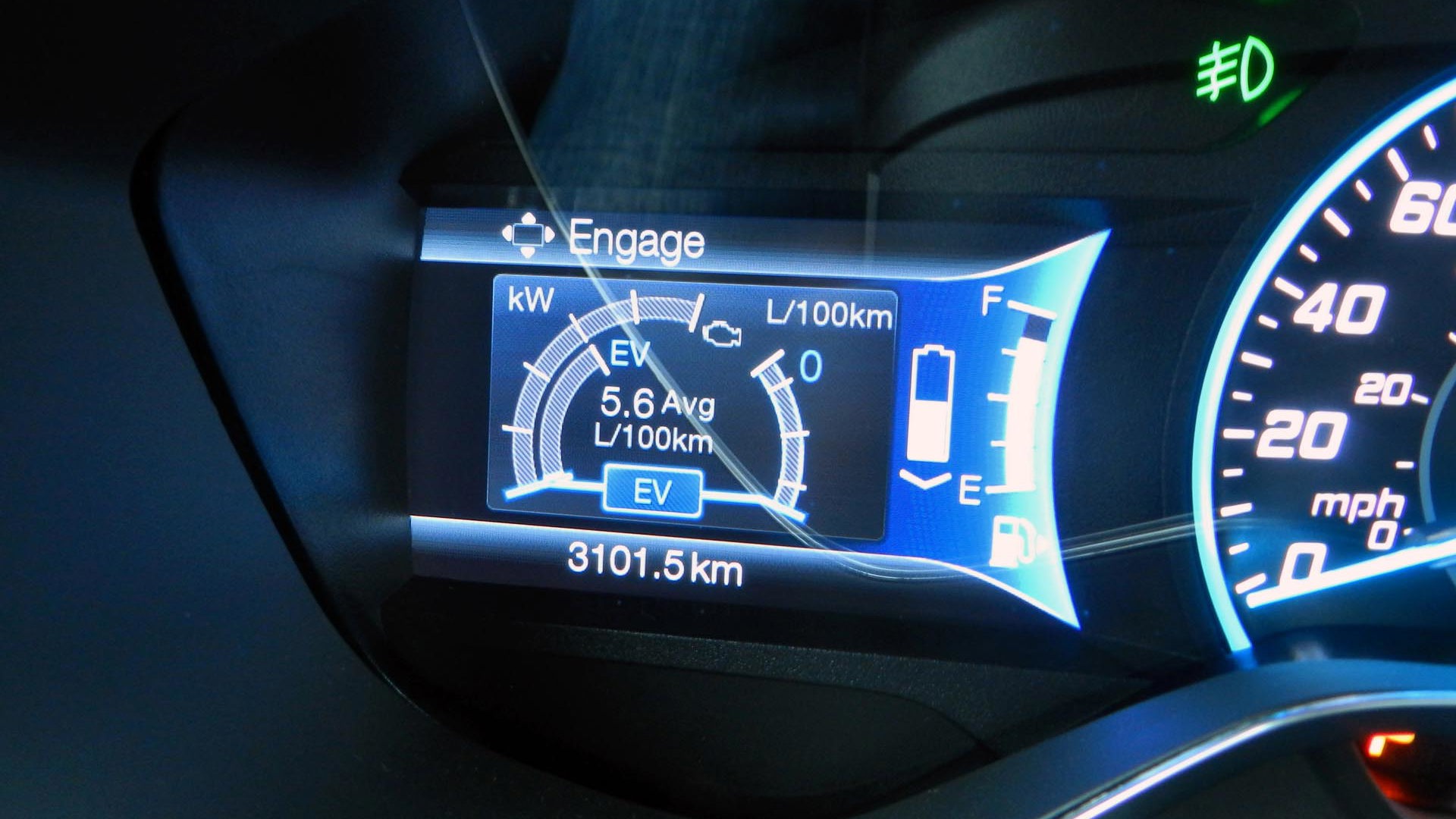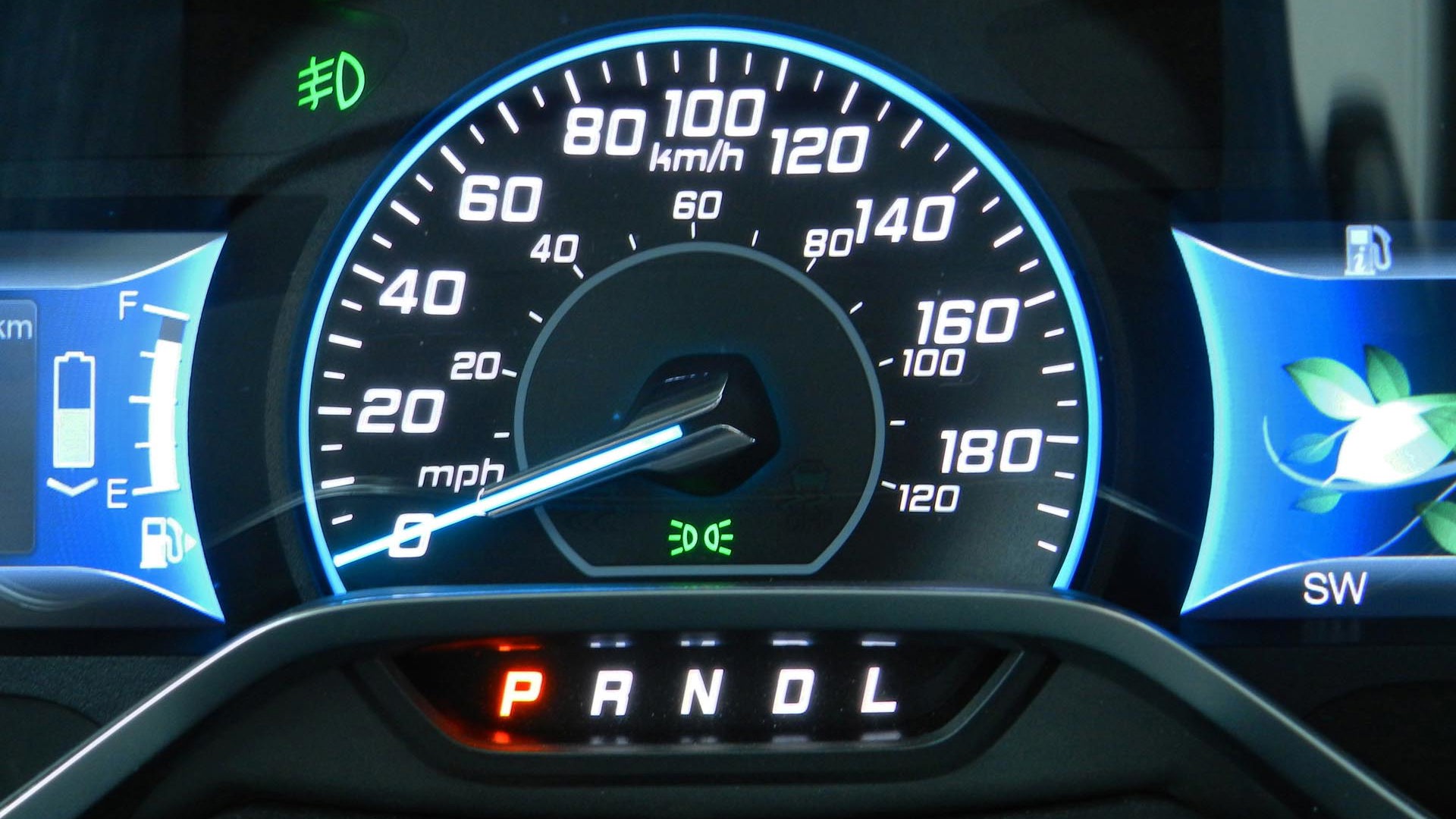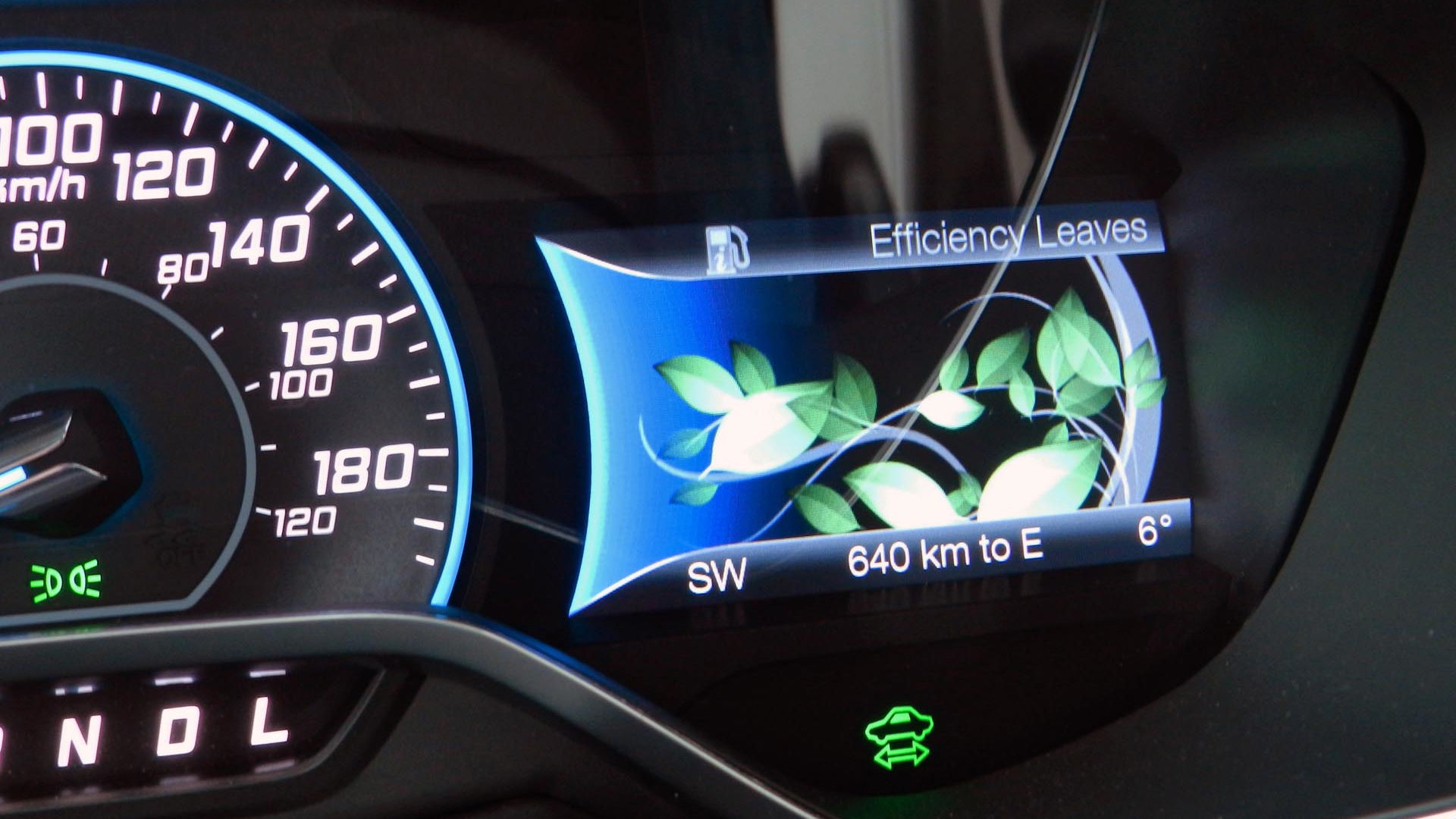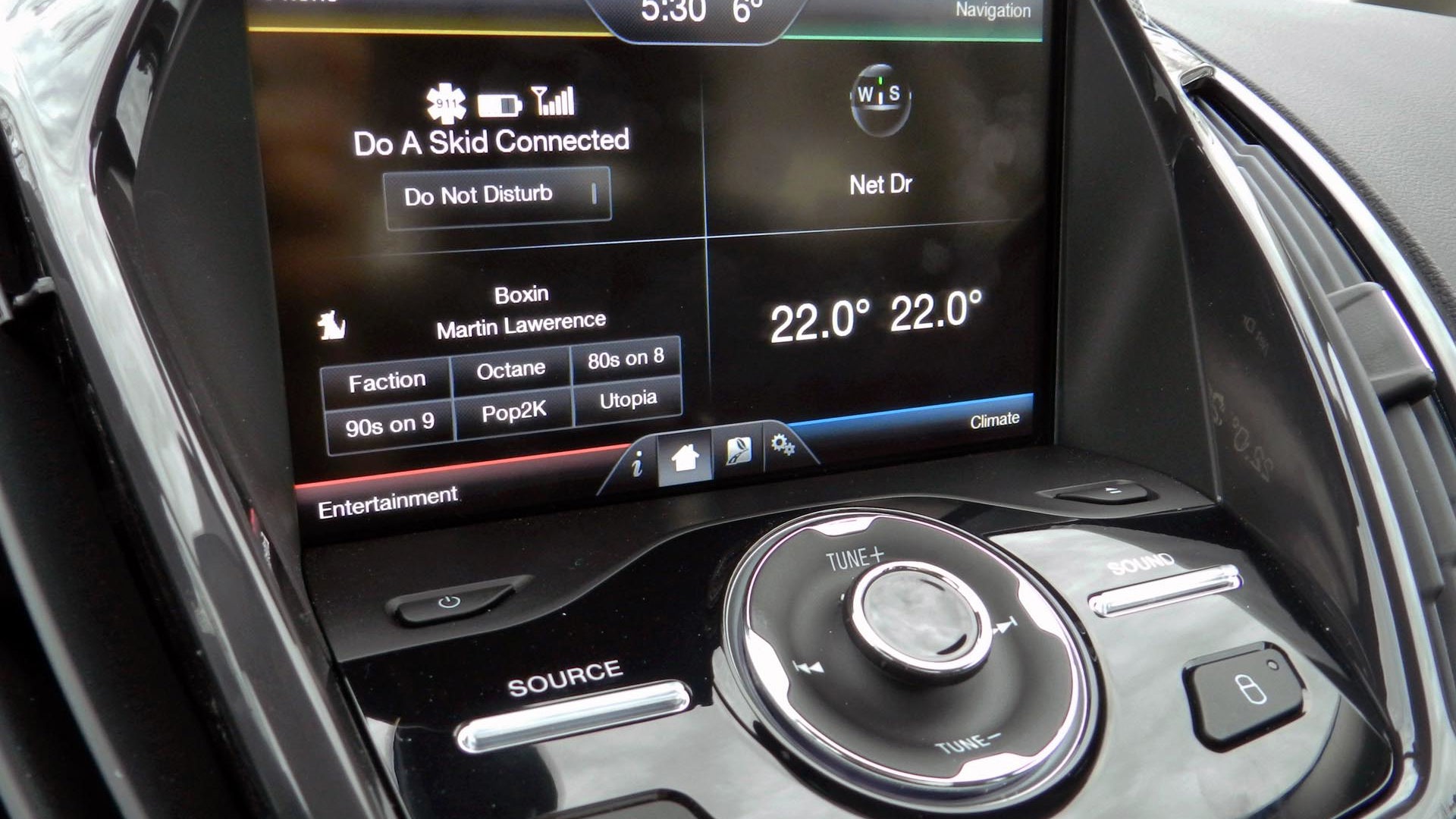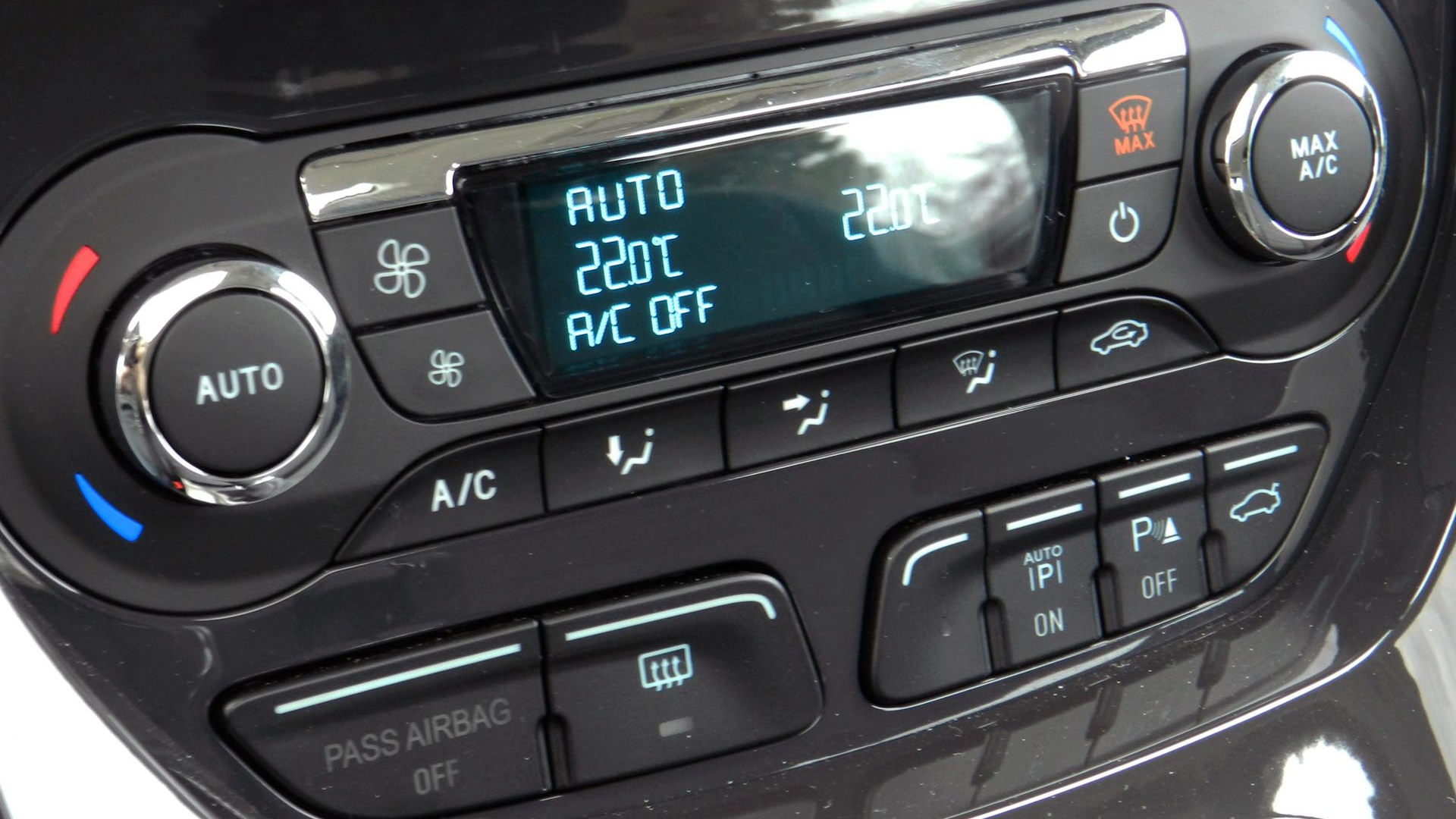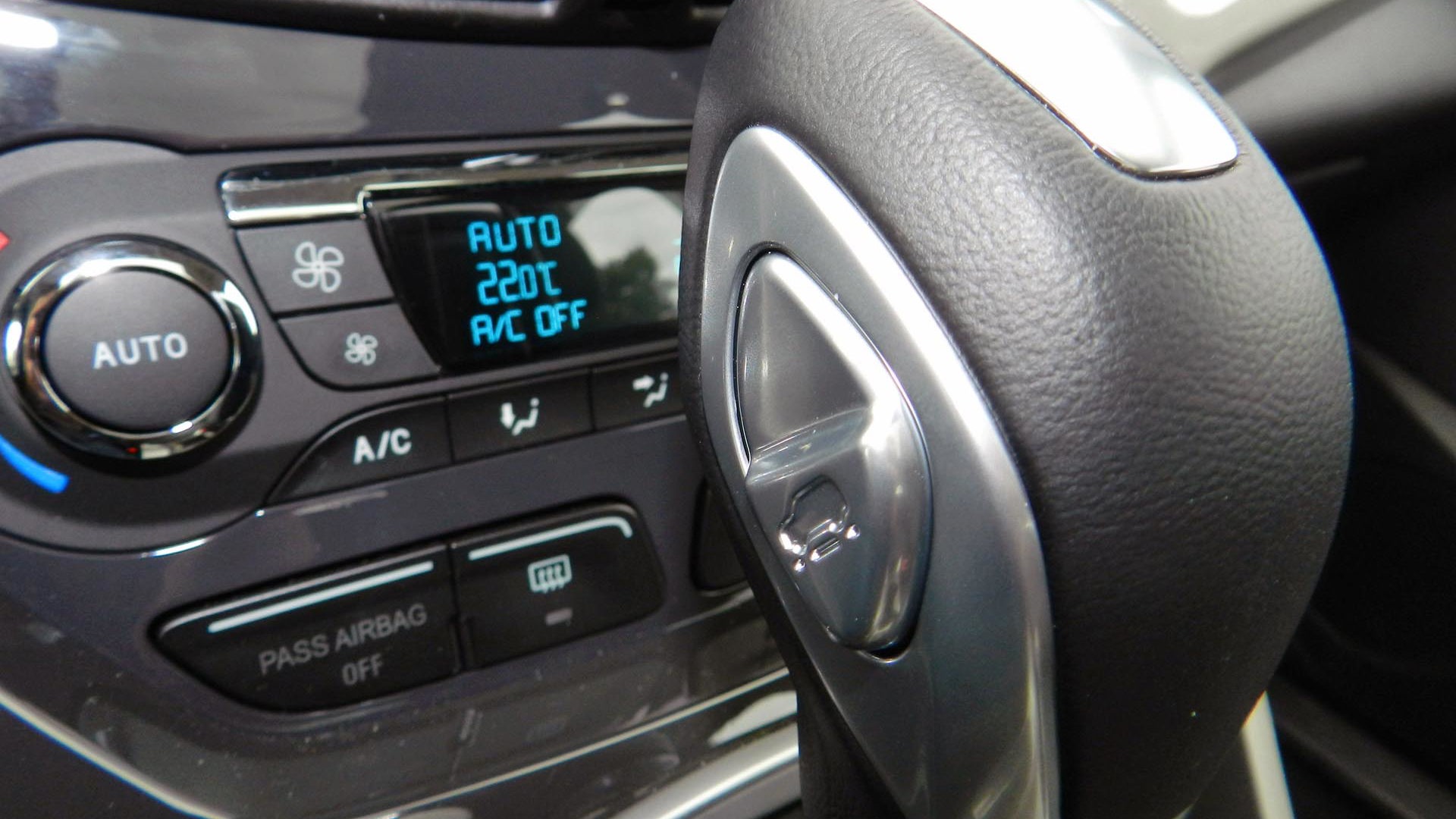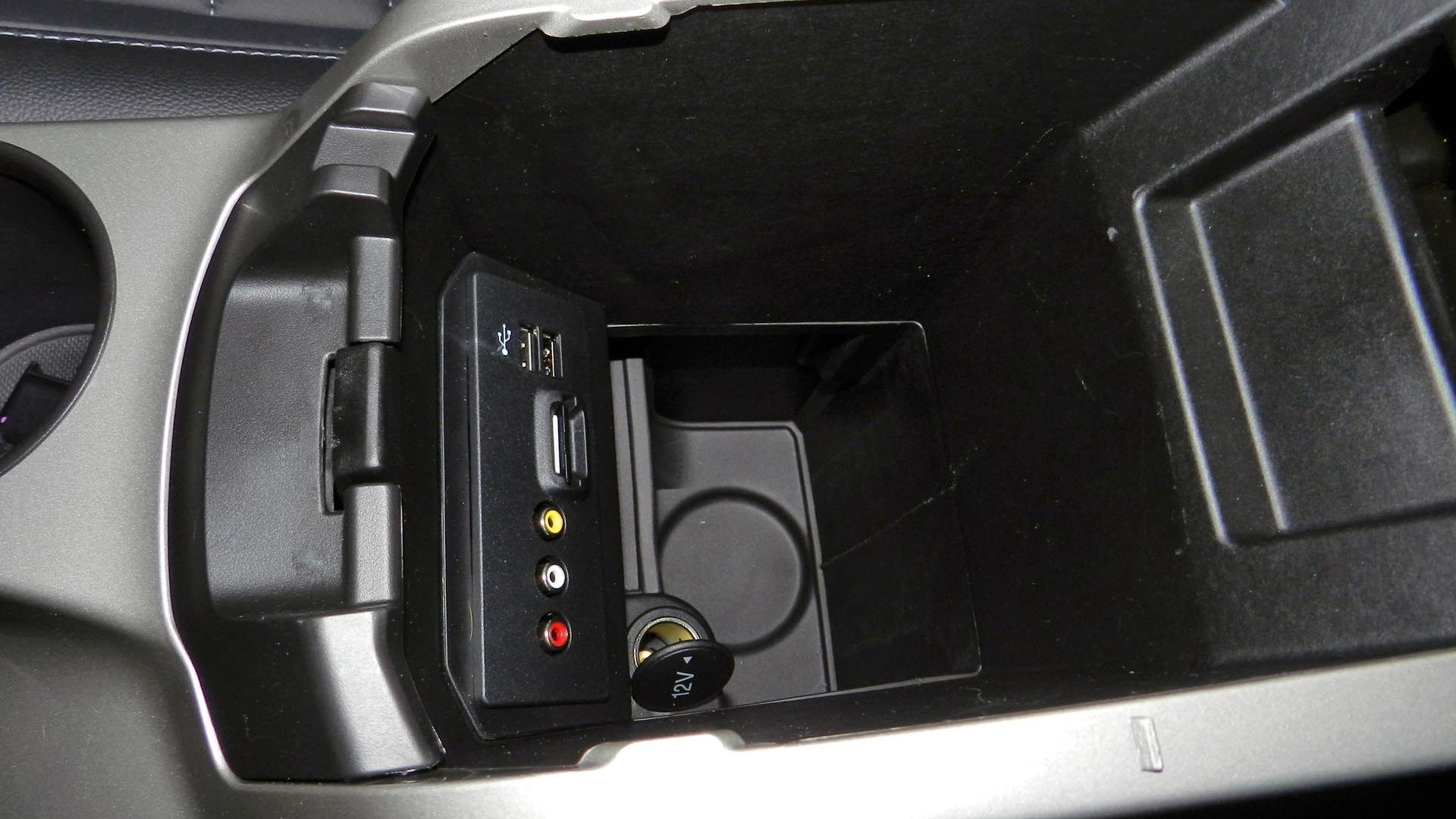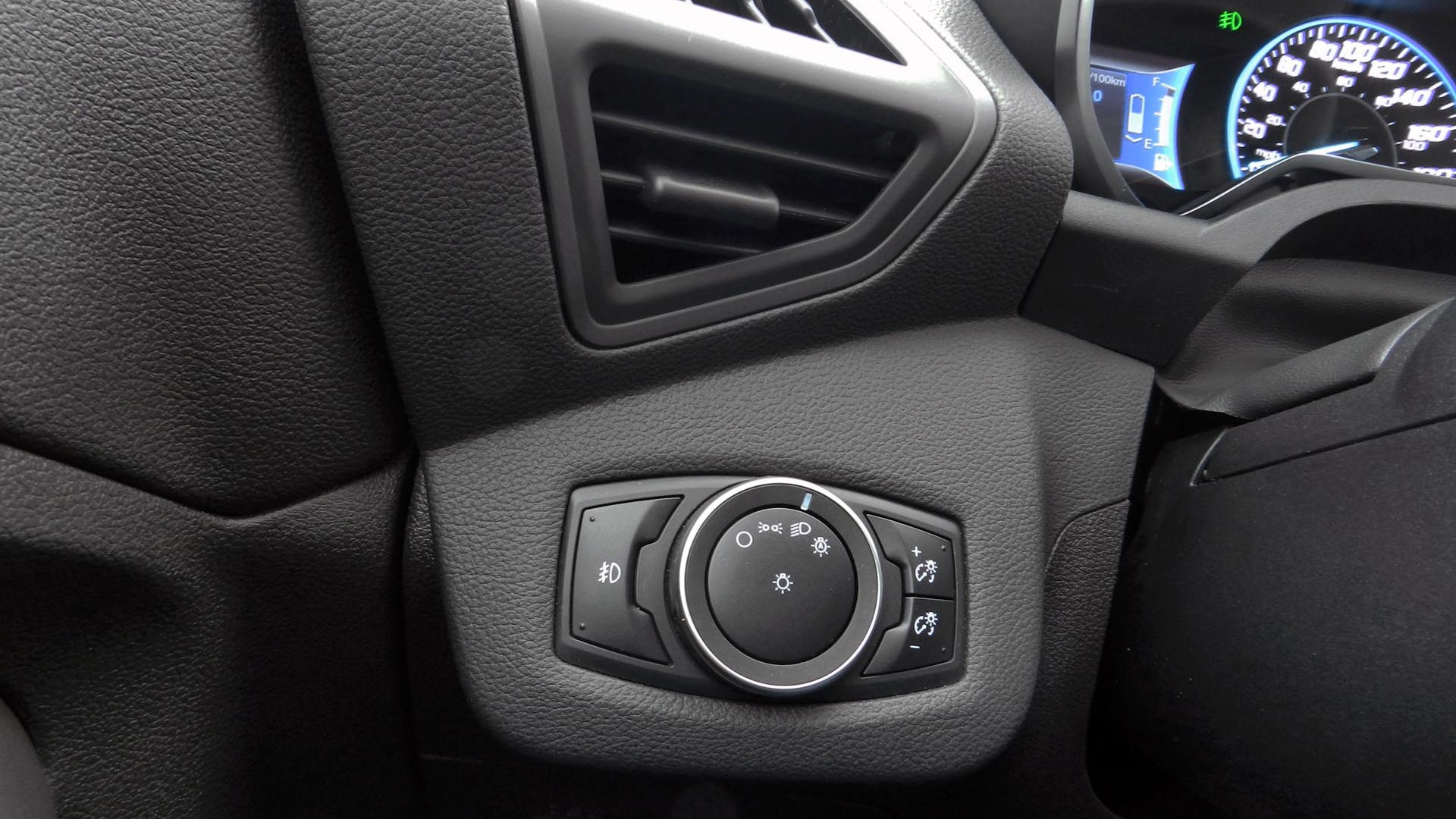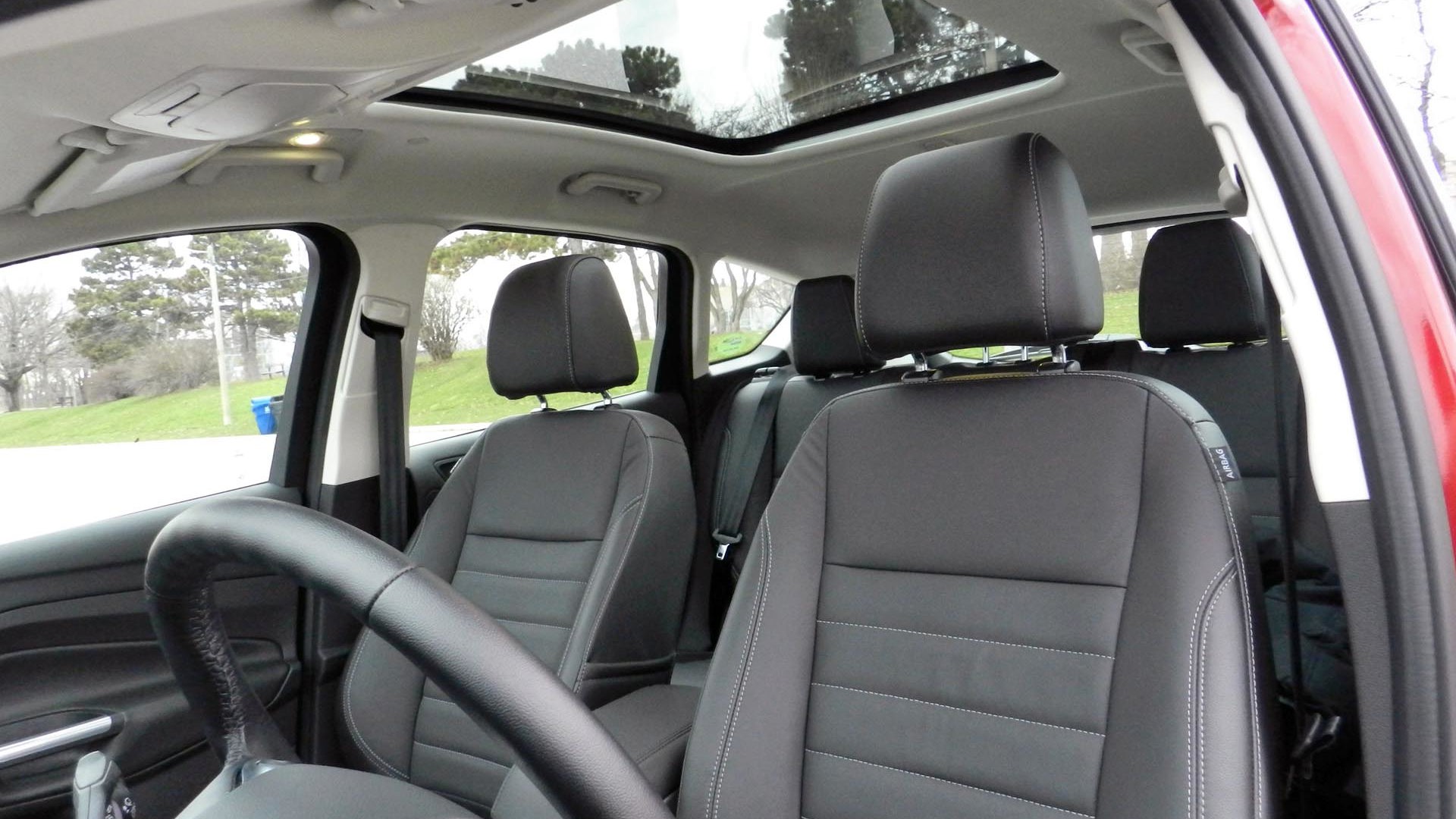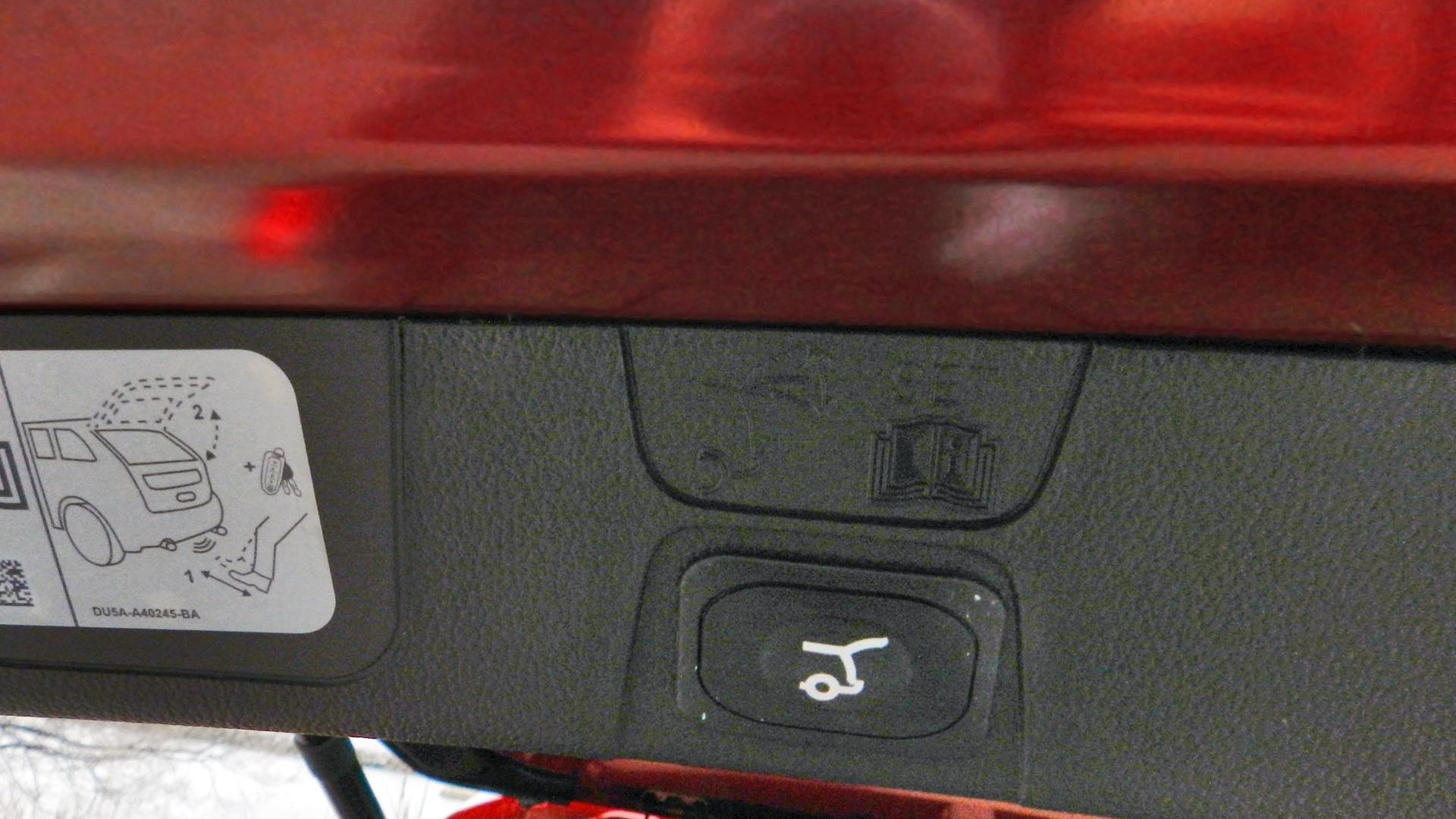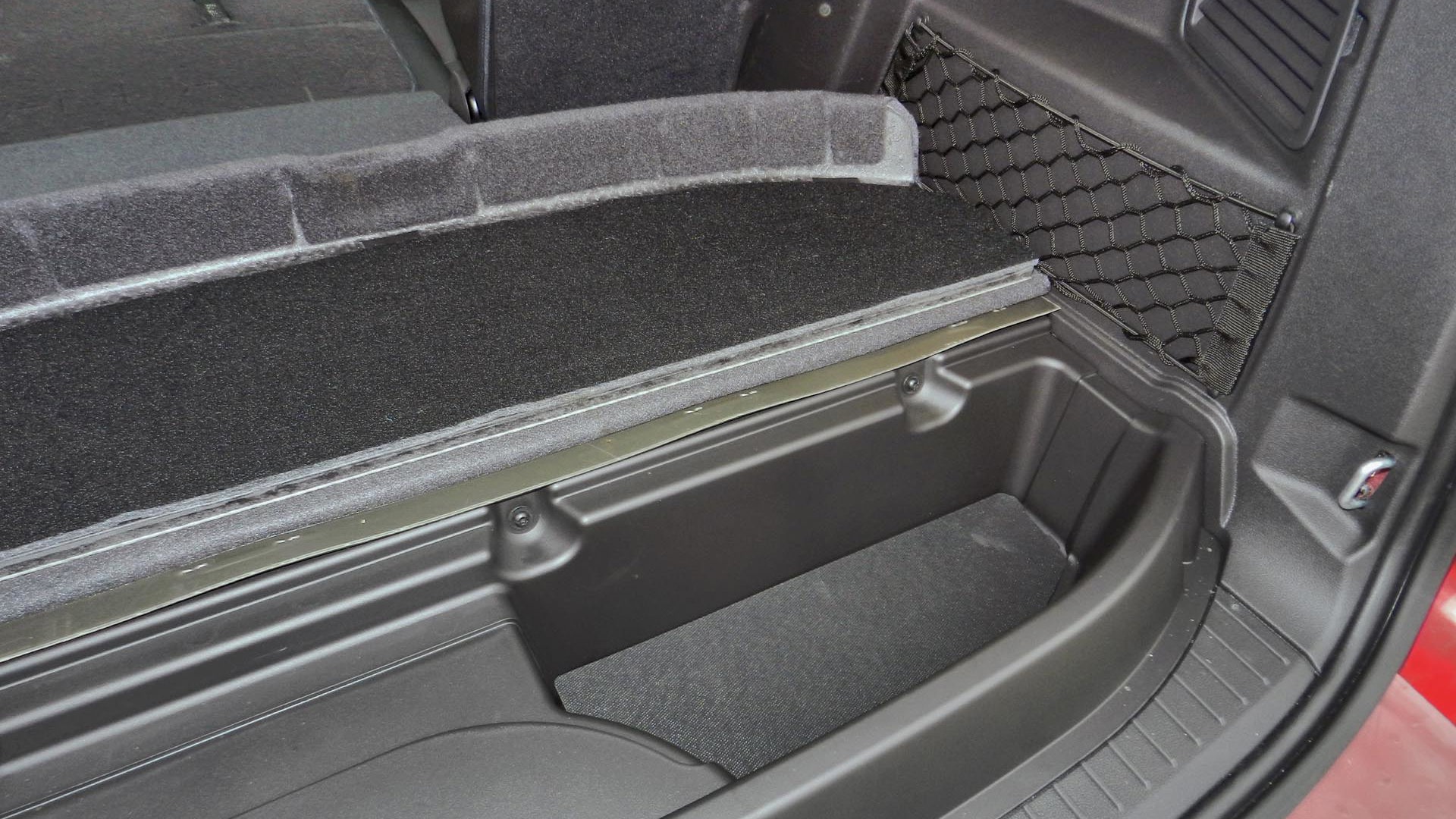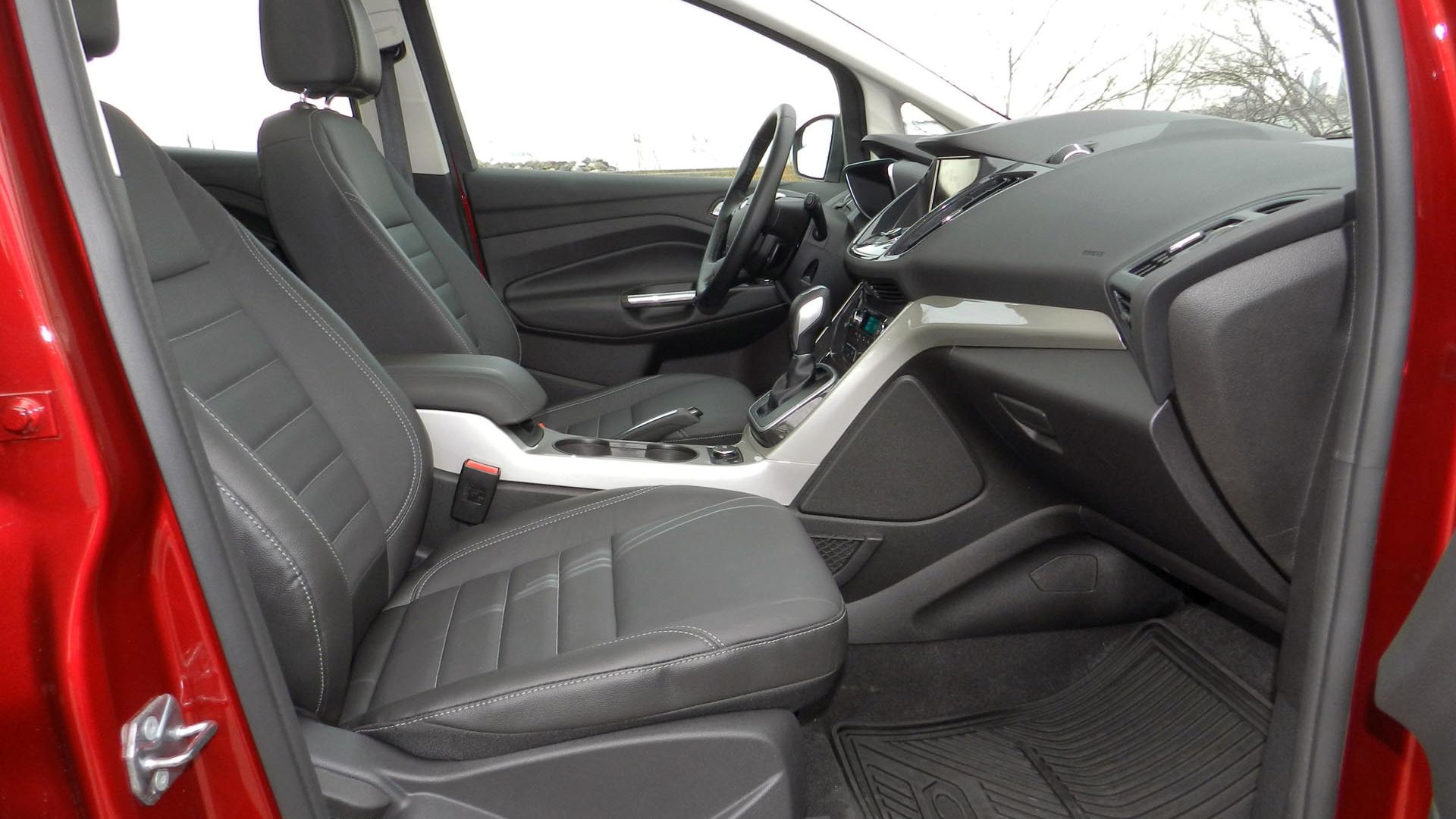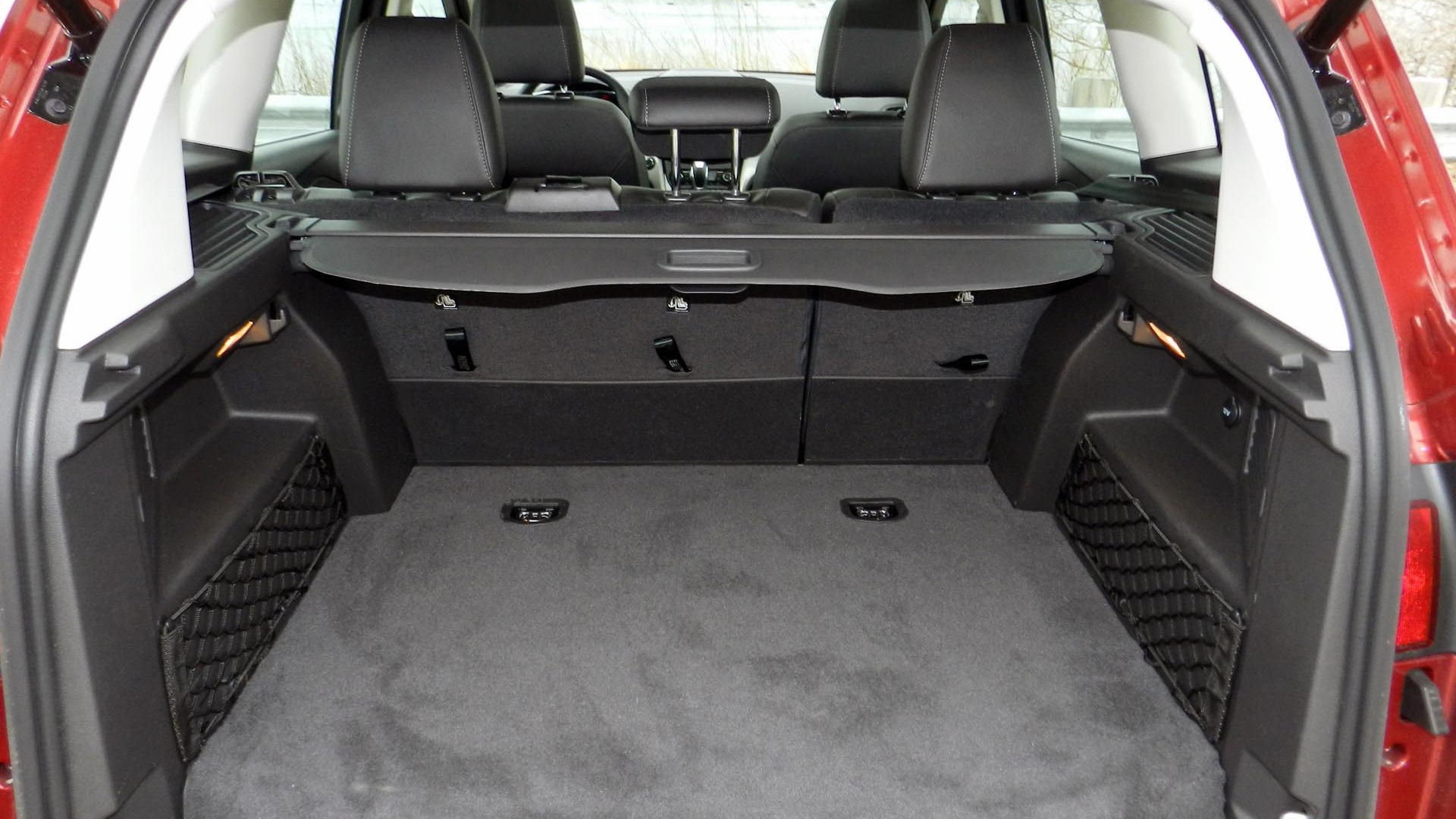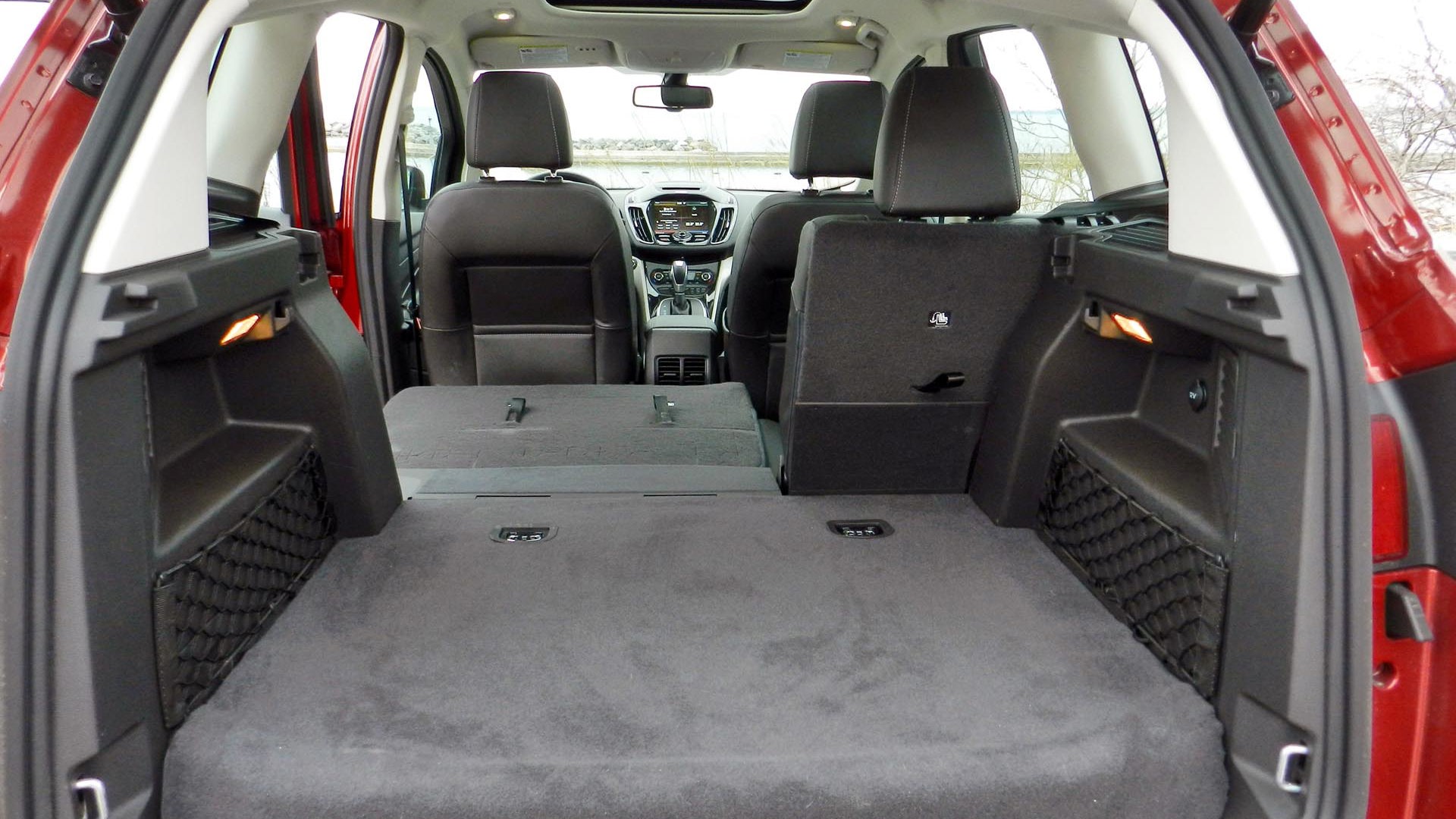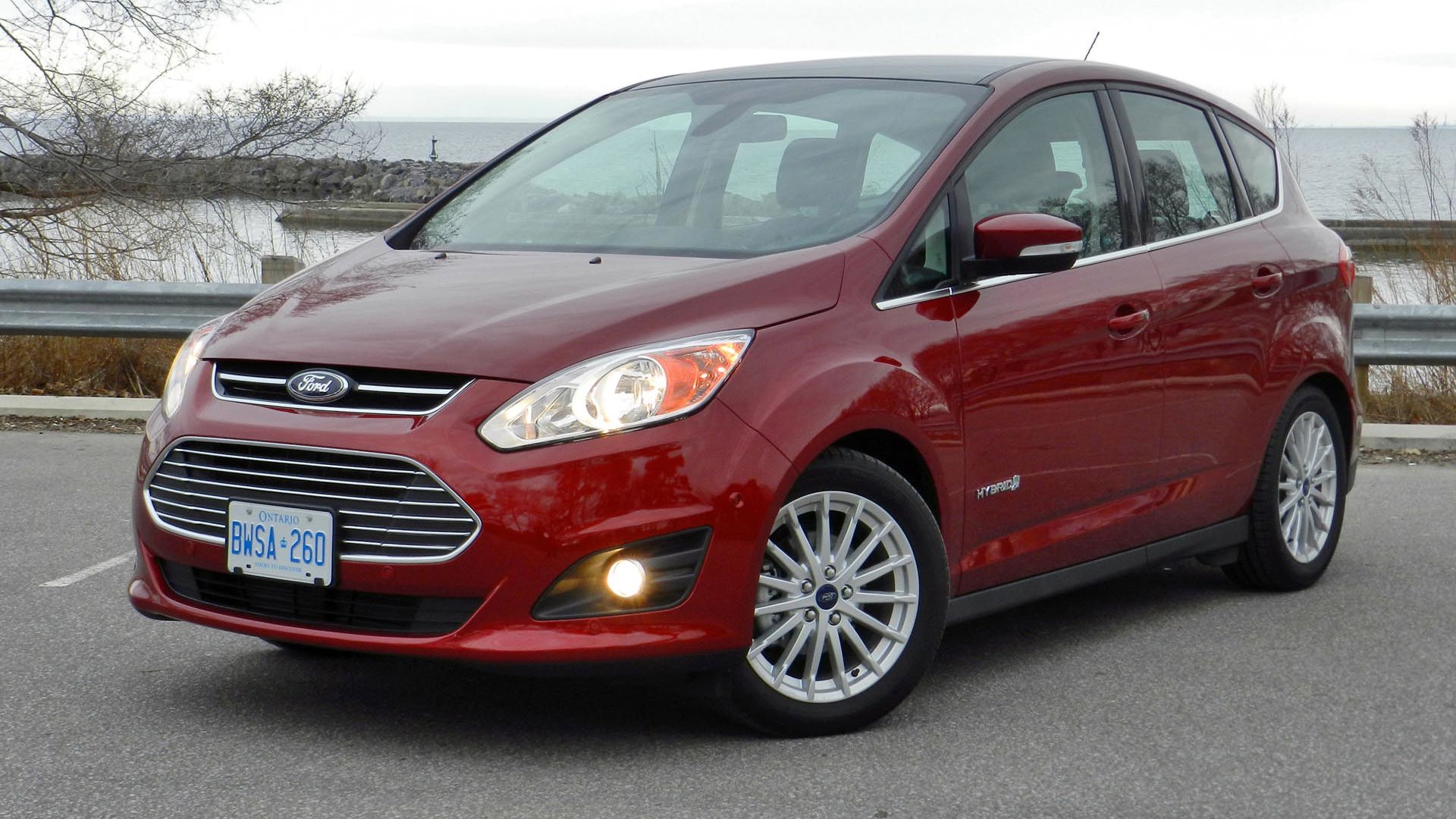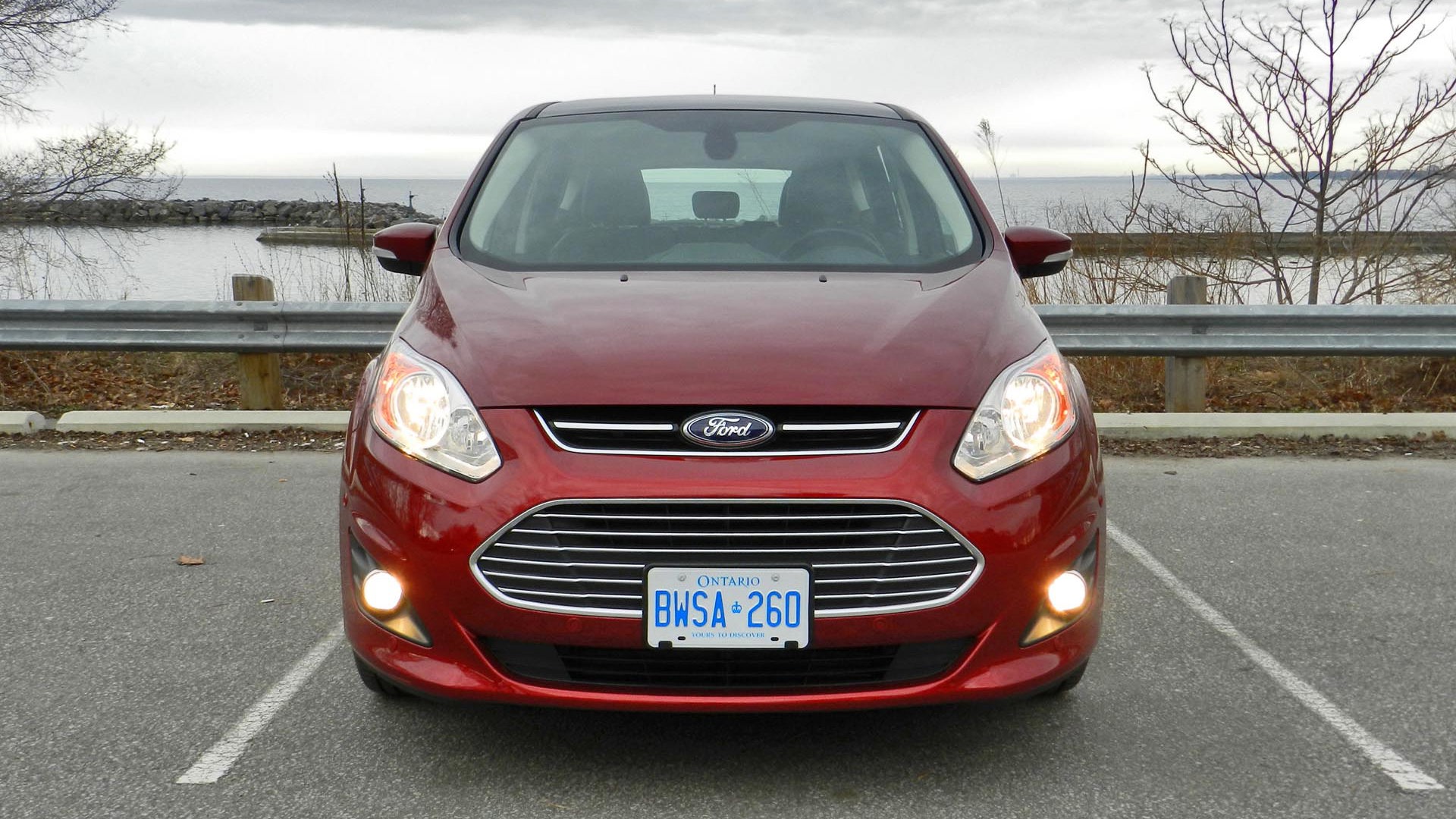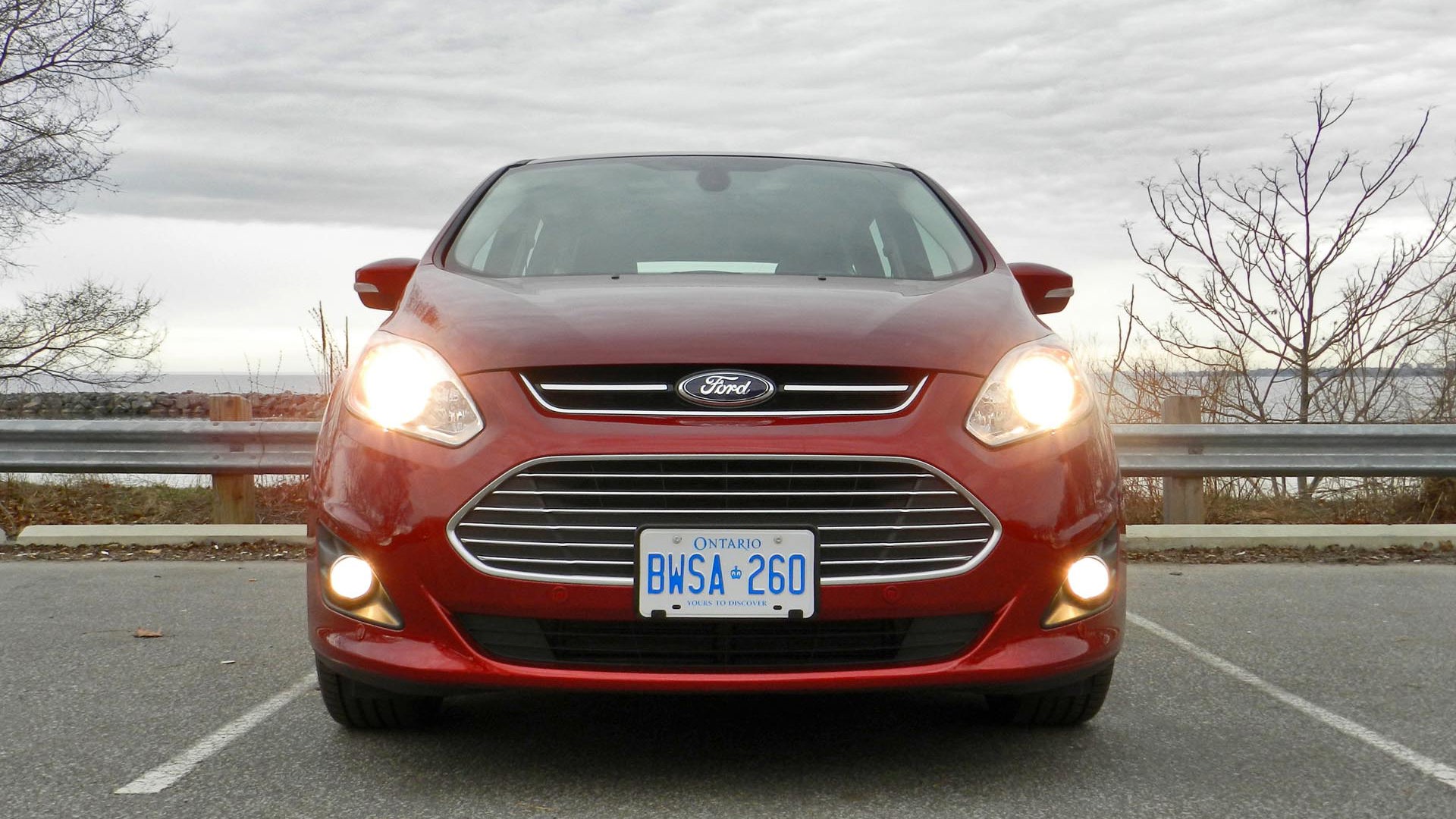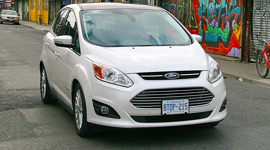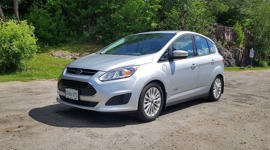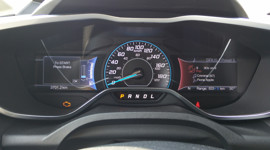 AutoTrader SCORE
AutoTrader SCORE
-
EXTERIOR STYLING8/10
-
INTERIOR7/10
-
PERFORMANCE7/10
-
COMFORT7/10
-
FUEL ECONOMY9/10
The Ford C-Max suffers from a common problem in automotive land. It is placed in a box with another competitor, one that is better known, has been around longer, and is better at its core focus.
The problem the C-Max faces, however, goes deeper. The C-Max shouldn’t be in that box to begin with.
Often touted as Ford’s Prius-fighter, the C-Max has assumed a mantle that is not only inappropriate and unfair, but that distracts from its many qualities. Ford put a lot into this marketing ploy, which is a shame because the C-Max is better than that.
And how many extra leaves do you have to kill to drive a hybrid that’s a car first, and a hybrid second? Not as many as you might think.
So let’s get question number one out of the way right now: Is the Ford C-Max Hybrid more fuel efficient than a Prius? No. Absolutely not. Not by a long shot. Nor does it need to be.
A more fair question would be – is the C-Max more efficient than a Kia Rondo? What about a Chevy Orlando? And on those fronts, it very much is.
At 1,623 mm the C-Max is 133 mm higher than the Prius. It weighs 256 kg more at 1,636 kg and out-volumes the Prius with 2,823 L of total passenger volume. The Prius V is a slightly closer competitor, with 2,752 L of passenger volume, and a noteworthy advantage in cargo volume and maximum cargo volume. The C-Max is still higher and wider though.
Crucially, the C-Max delivers horsepower and torque of 141 and 129 respectively, enough to deliver the 98 hp/105 lb-ft Prius twins a brutal savaging out in the real world where people actually accelerate from traffic lights and need to merge with fast-flowing, impatient and intolerant traffic after short, poorly designed on ramps. And that's just the gas engines; combined hybrid power is never more than 134 for the Prius, while the C-Max reaches 188.
I was never left wanting by the C-Max, and while I made a game of hypermiling to amuse myself while being passed in the Prius, I felt like I was driving a real car when I drove the C-Max. It even looks half good.
The CVT is noisy and the engine far from silken but the drivetrain plods away underneath you without reminding you constantly that it’s a fuel miser. For that, you have leaves in the dashboard that appear and disappear with your driving. Stomp your foot, and watch as you kill all the poor leaves on the vine. Gently coast to a stop and watch them all come flitting back. It’s peaceful, and as far as driving aid gimmicks go, pretty engaging, not to mention well-executed.
And how many extra leaves do you have to kill to drive a hybrid that’s a car first, and a hybrid second? Not as many as you might think.
First, the EPA figures sit at 5.6/6.4/5.9 L/100 km city/highway/combined for C-Max compared to 4.6/4.9/4.7 for the Prius, and 5.3/5.9/5.6 for the Prius V. I finished the week on 5.6, 1.1 L/100 km higher than I achieved in the regular Prius shortly before the C-Max.
The upshot? C-Max should be just 0.3 L/100 km more thirsty than the Prius V in regular driving conditions. That’s a small price to pay for a car this livable.
It should be noted that the Prius V has better cargo capacity than the C-Max, but that’s the last time the Prius V bests Ford’s little fuel saver in the opinion of this writer. As I said, the engine makes the C-Max supremely livable, offering up a completely acceptable amount of oomph for a car with a green mission.
Kia’s Rondo has a similar shape and profile but is slightly larger. The Rondo is of course lighter due to the lack of battery packs and being slightly longer also means it has better overall passenger volume 2,893 L to 2,823.
The comparison between the two cars is fair though, both are urban utilitarian vehicles designed for flexibility-loving Europeans. I’ve left the C-Max off the Rondo’s competitor list in previous articles – something I won’t do again. Unlike the Prius’s budget interior, the Rondo and C-Max both attempt luxury, and both come well featured.
The leather seats of the C-Max are supportive and look good, the dashboard and instrument cluster well-sized and attractive too.
The aluminum trim of the interior is obviously fake but thick enough to feel substantial and therefore worthwhile. It helps bring the visual effect together in a good-looking cockpit ruined only by the graphics of the infotainment system.
MyFord Touch is not my favourite HMI system, with small, finicky buttons on the touchscreen and a tendency to freeze, jump, pause, hang and generally be horrible when using. When I ignore it and focus on the instrument cluster, controlling proceedings with the steering wheel I find I enjoy the system a lot more so it’s not all bad news. The secondary controls for the cruise control and telephony are more sensible than hidden stalks found in some higher-end brands too.
Features like a generous sunroof, 115v power outlet, automatic climate control, park assist, park finder, back-up camera, and a power liftgate plus blind-spot assist and collision warning all cement the concept of the C-Max as a car, with all the accoutrements rather than a “greenie’s gadget”. The C-Max even has Ford’s hokey-pokey tailgate opening system. “You put your left foot in… you put your left foot out… you nearly drop all your shopping, and then you give a shout: and heeeeyyy-ey the bootlid opens….”
I’m also told the C-Max will park itself but I am too much of a Luddite to test those systems on press cars whose damage I have to pay for. Having tested it once at Ford’s proving grounds I know the system is effective, but I can’t bring myself to use it in the real world. Besides – I’m a mad wicked parker. Parallel parking impresses the girls.
On the road the C-Max lets enough wind noise and road noise into the cabin for spoiled critics to notice but not enough to annoy. The steering is surprisingly well-weighted. The electric assistance would make a good marriage counsellor: staying out of the conversation while still helping guide the process.
C-Max rides bumps well but begins to float over larger swells on the highway, the weight helps keep the side winds at bay despite the large surface area. Because the steering is solid on-centre there isn’t a lot of movement on the highways at all.
Downhill, the CVT transmission can be induced to employ more engine braking with a cryptic, confusing and essentially useless button on the gearshift lever. I only mention this so I can tell you how much that button annoyed me. It looks like a hill-descent control logo but it's located on the button usually used for manually selecting gears (slowly) on Ford’s SelecShift gearboxes. Minor annoyance, I know, but I’m nothing if not needlessly grumpy.
Elsewhere, this car is cleverly thought out. The trunk and rear seats form an almost perfectly flat load floor for larger cargo, there are cargo nets in the rear for small stuff that can float around and there’s even a wee cubby hole for hiding valuables, or more logically storing a window-washer fluid bottle.
The rear seat bases look a little like it would fold up and out the way a la Honda’s magic seats, but they don’t. They’re hard and narrow but their flatness, and the flatness of the floor mean all three seats are usable for actual adults. Headroom is not an issue and legroom is generous enough to accommodate my rugby team’s large inside-centre and tighthead prop.
Forward visibility is fantastic. Commanding even, and rearward visibility is not bad either. A raked roof and upward-sweeping waistline compromise the rear-three quarter view ever so slightly – an effect compounded by the visual expanse looking forward.
Spending time in the C-Max changed my perception of it. I went in thinking “oh, a thirsty version of a Prius”. I came out with an appreciation for a car that delivers practicality, city functionality and flexibility, along with a decent feature list and an enjoyable driving experience. All while delivering high-fives for mileage.
| Warranty: 3 years/60,000 km; 5 years/100,000 km powertrain; 5 years/unlimited distance corrosion perforation; 5 years/100,000 km 24-hour roadside assistance; 8 years/160,000 km hybrid electrical components Competitors: |
| Model Tested | 2015 Ford C-Max Hybrid SEL |
|---|---|
| Base Price | $28,599 |
| A/C Tax | $100 |
| Destination Fee | $1,600 |
| Price as Tested | $32,799 |
|
Optional Equipment
Equipment Group 303A (voice-activated navigation, nine-speaker audio system, rear-view camera, foot-activated power liftgate, active-park assist, front park assist) - $1,300, fixed panoramic sunroof - $1,200
|
|
